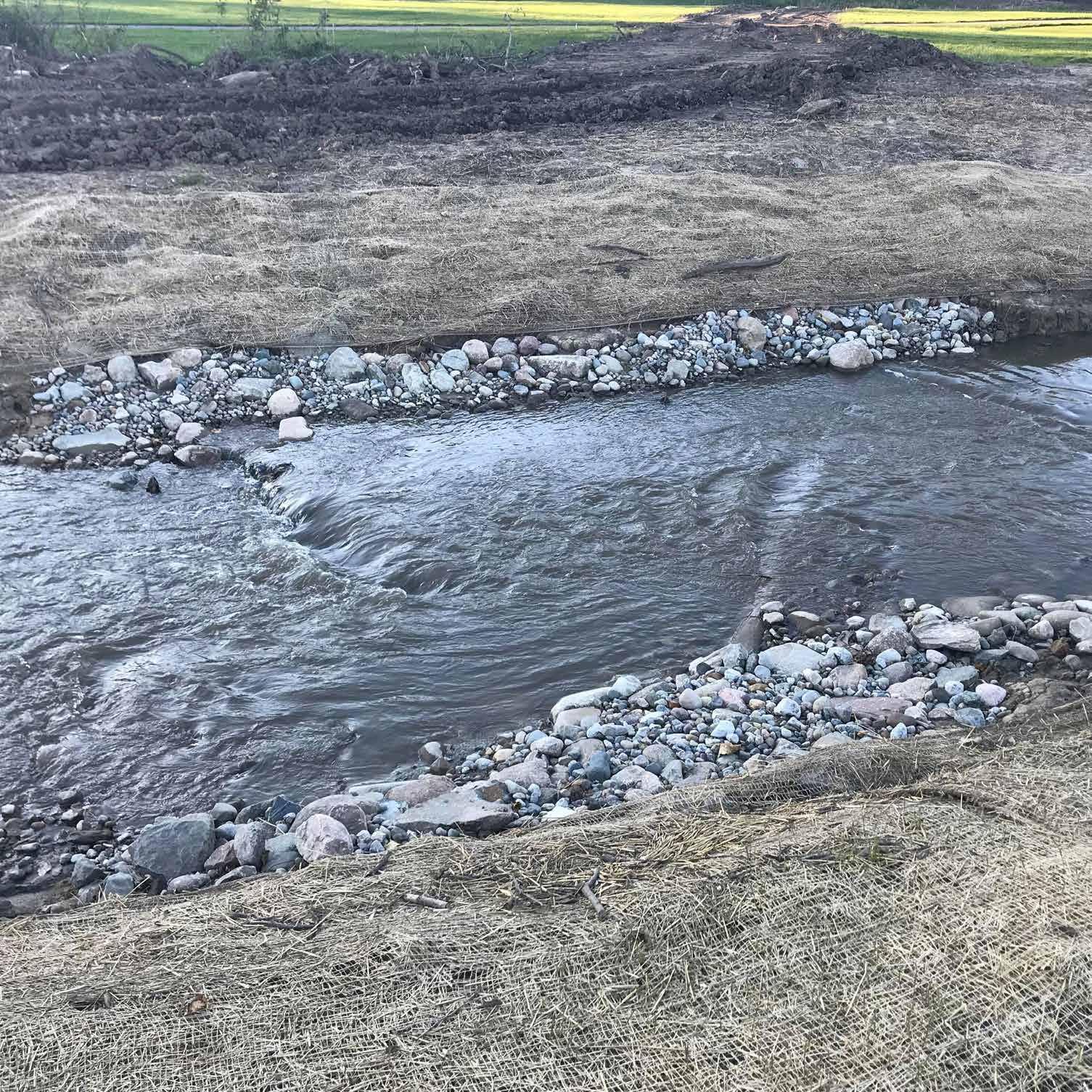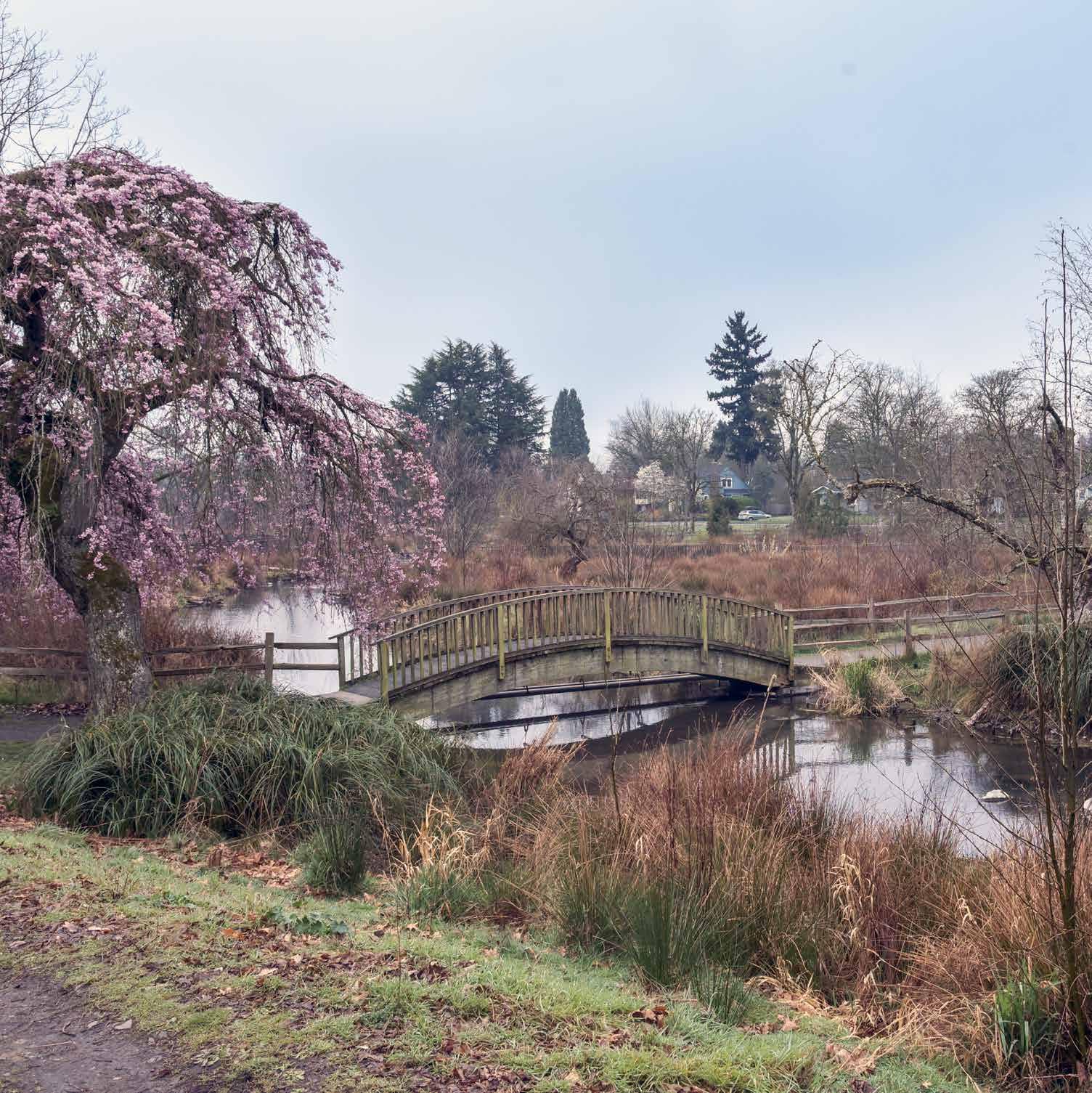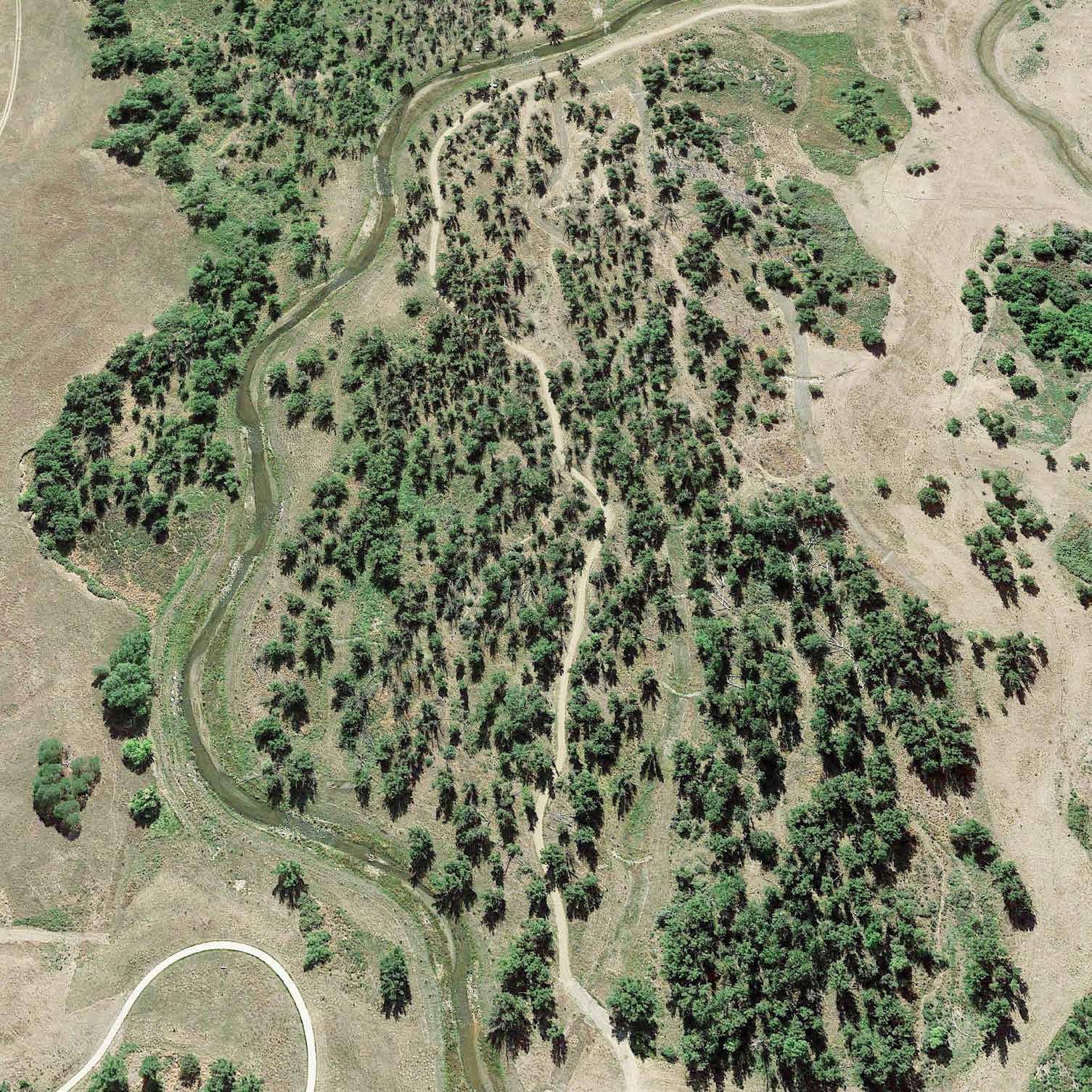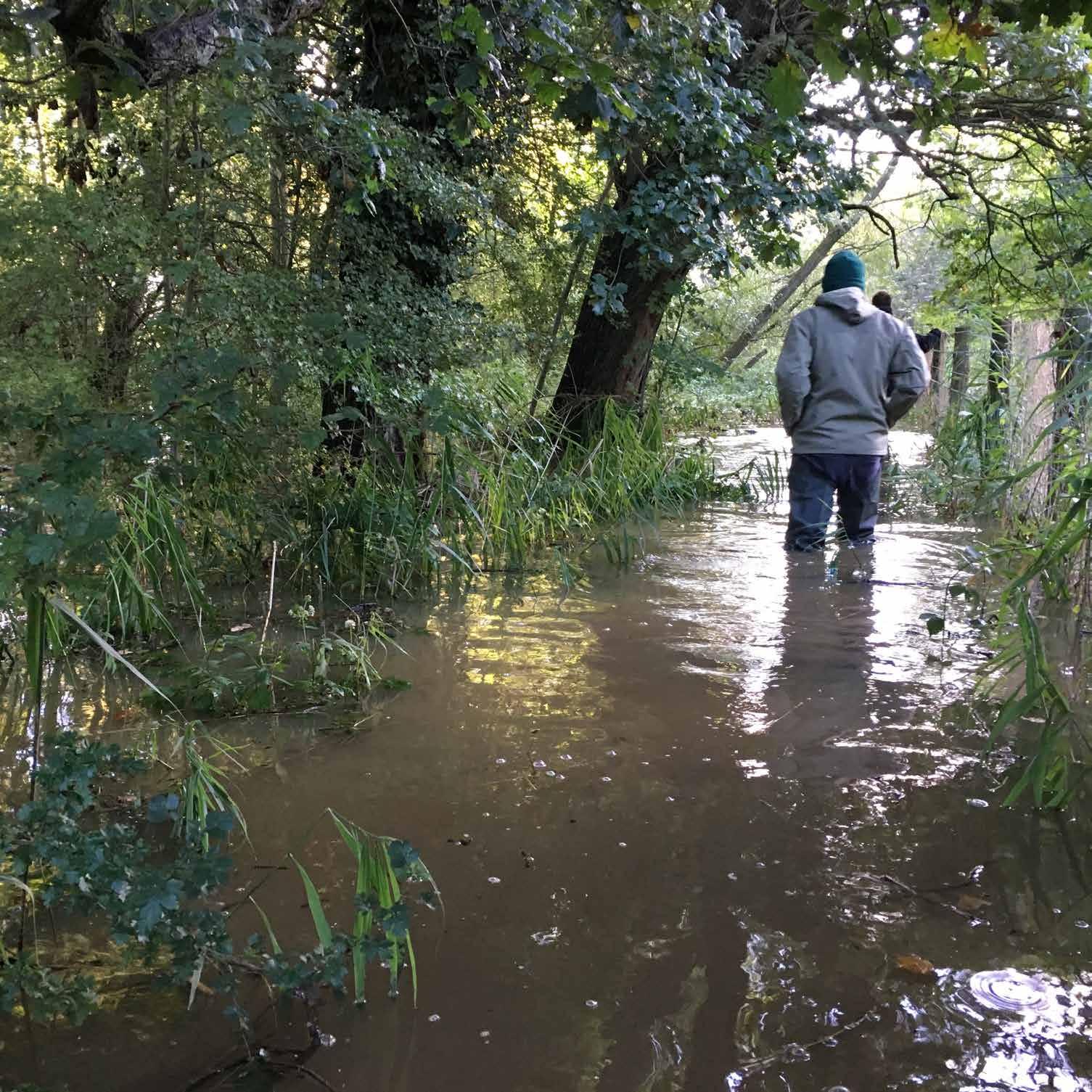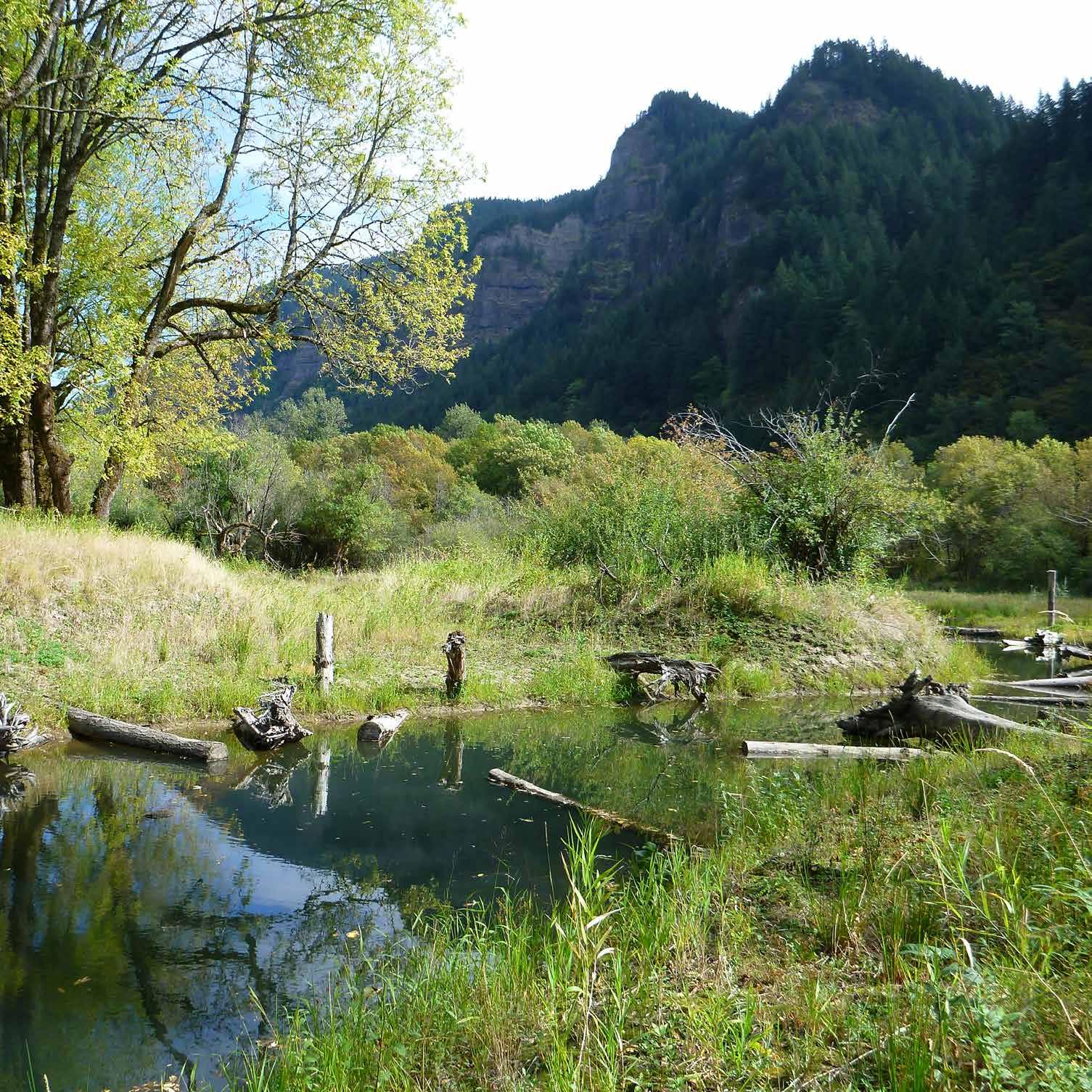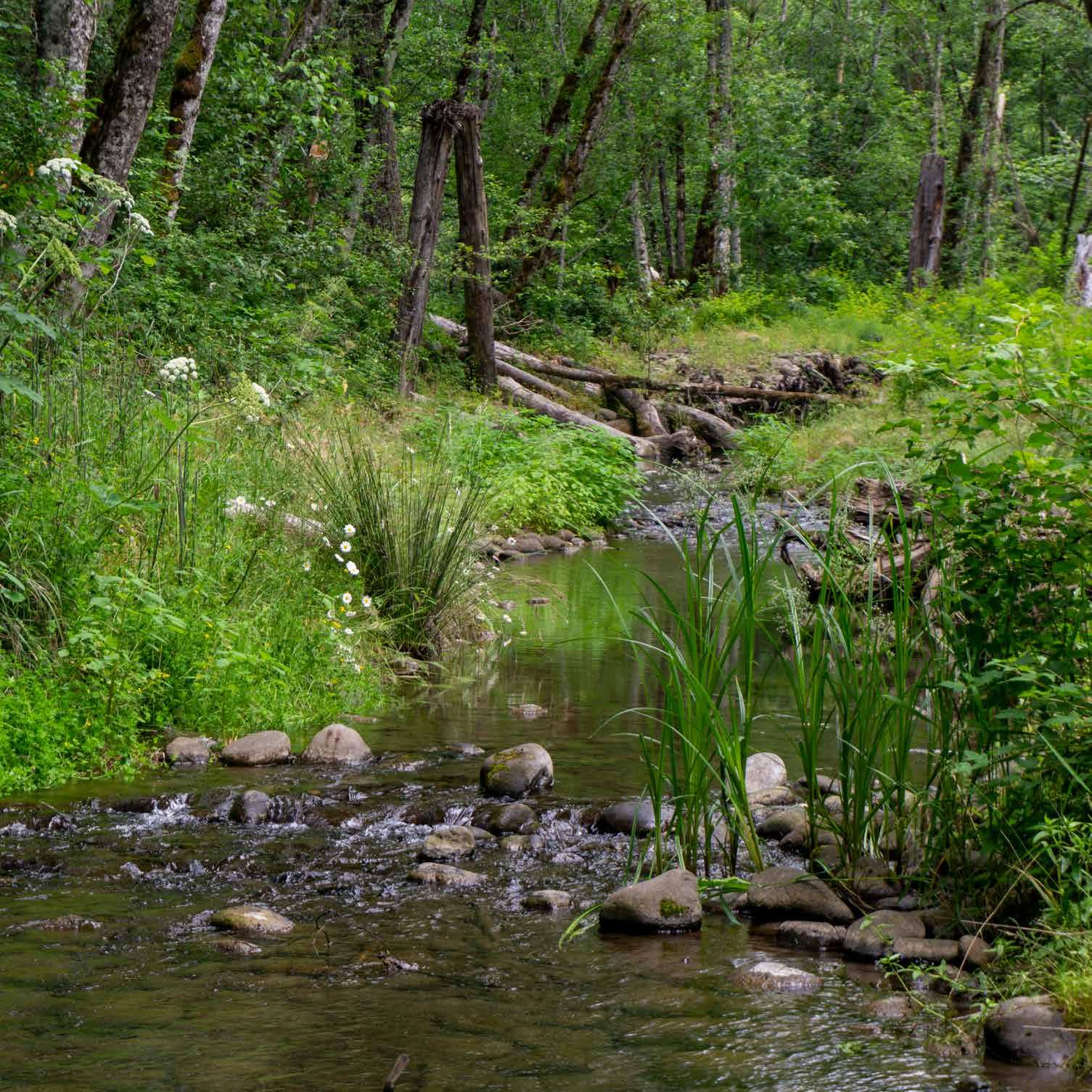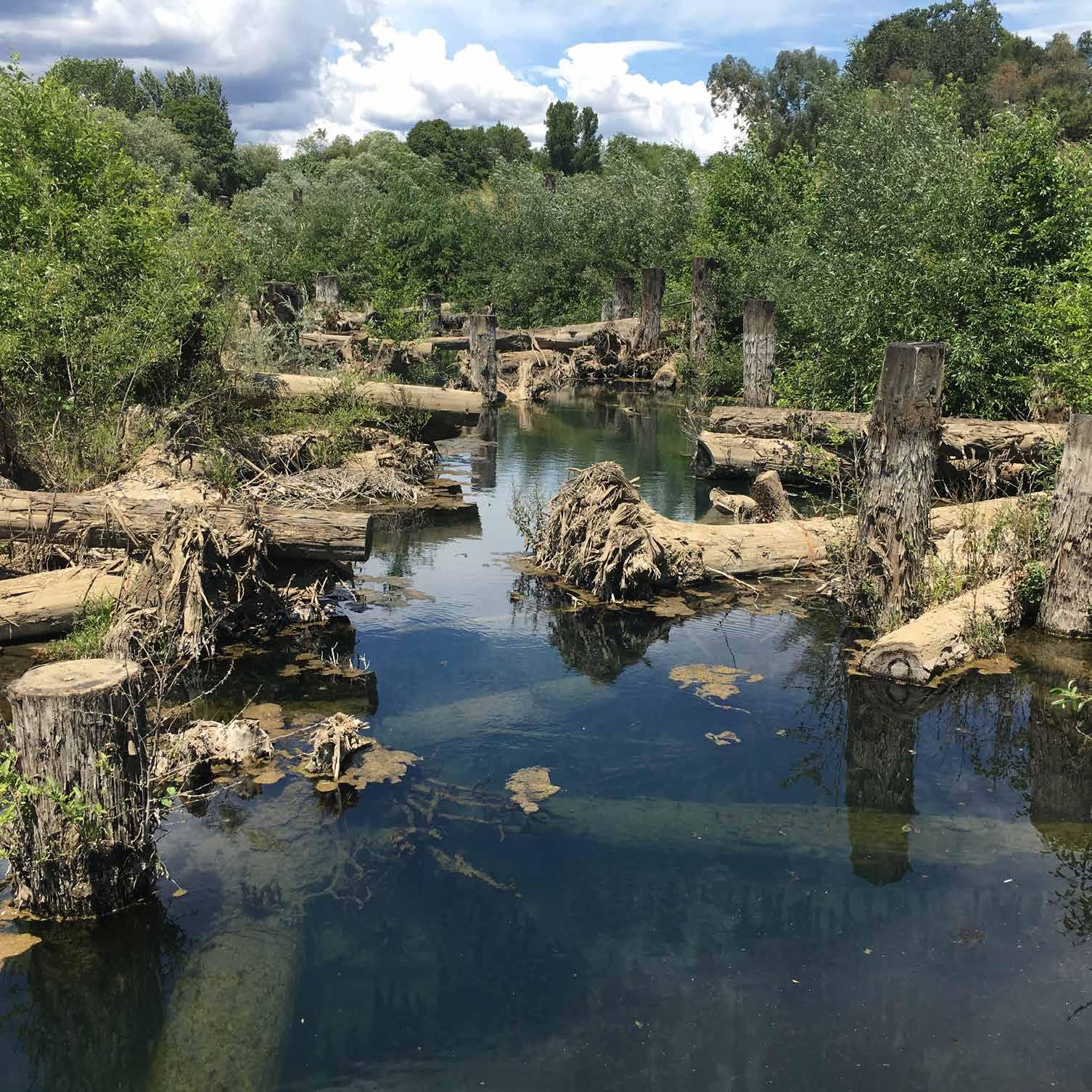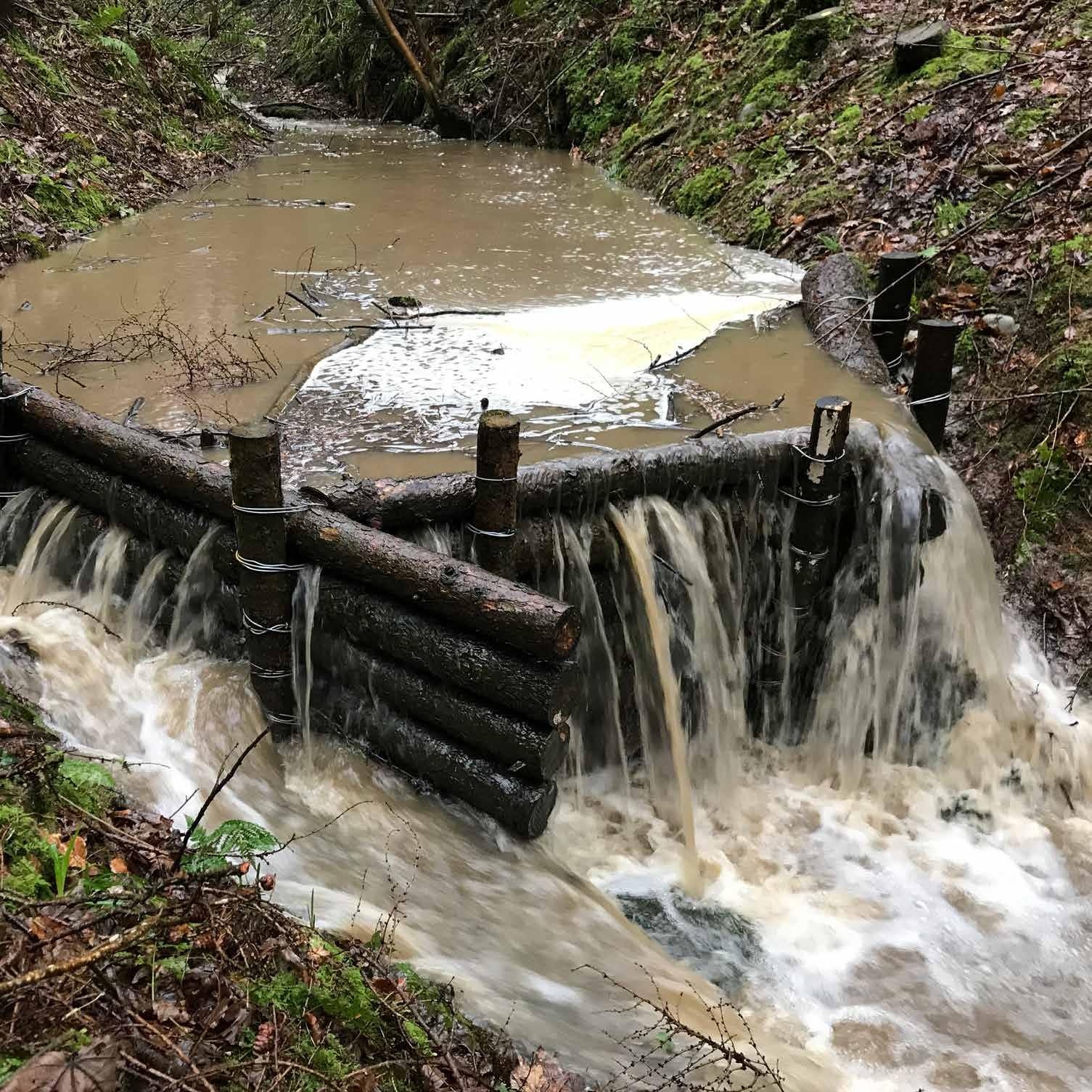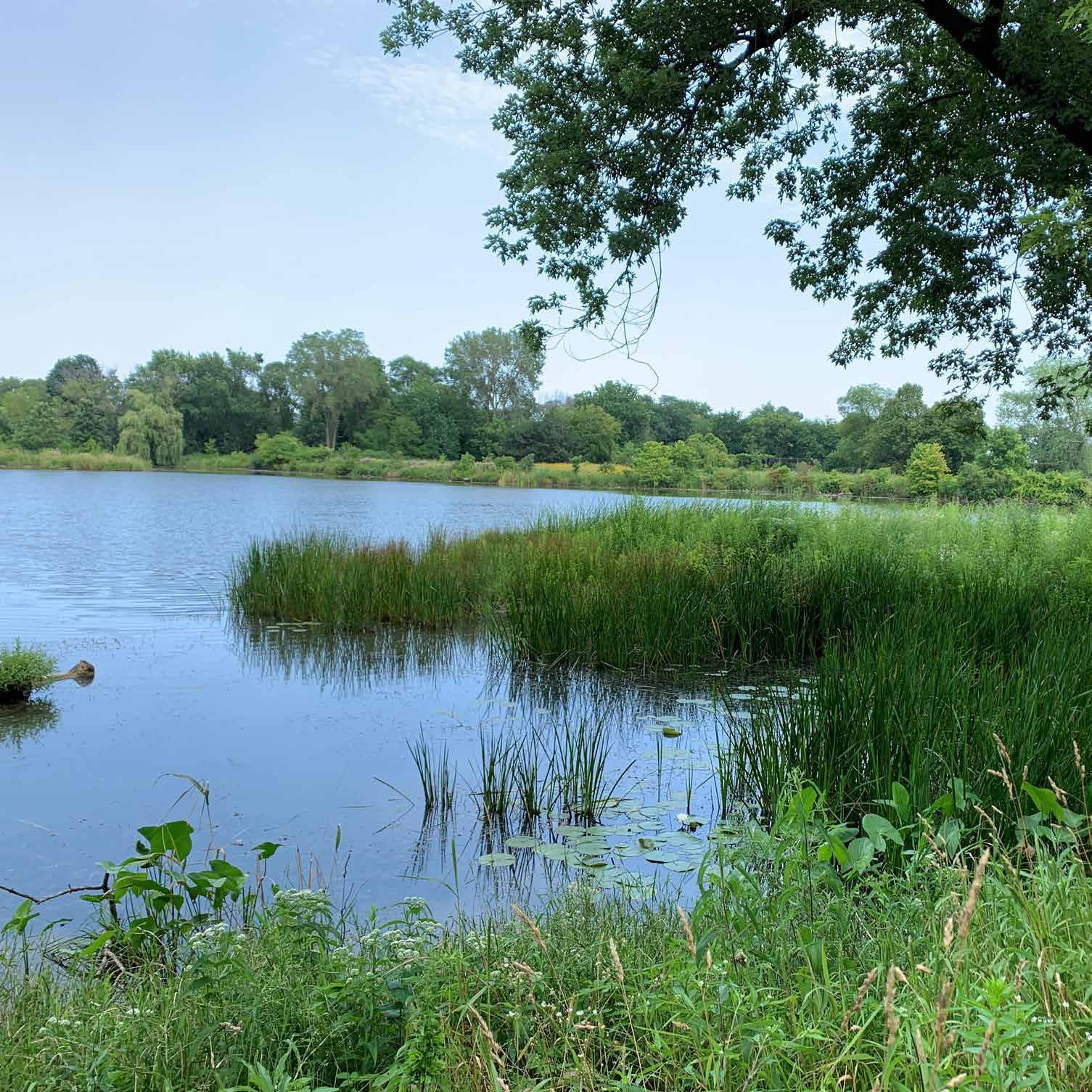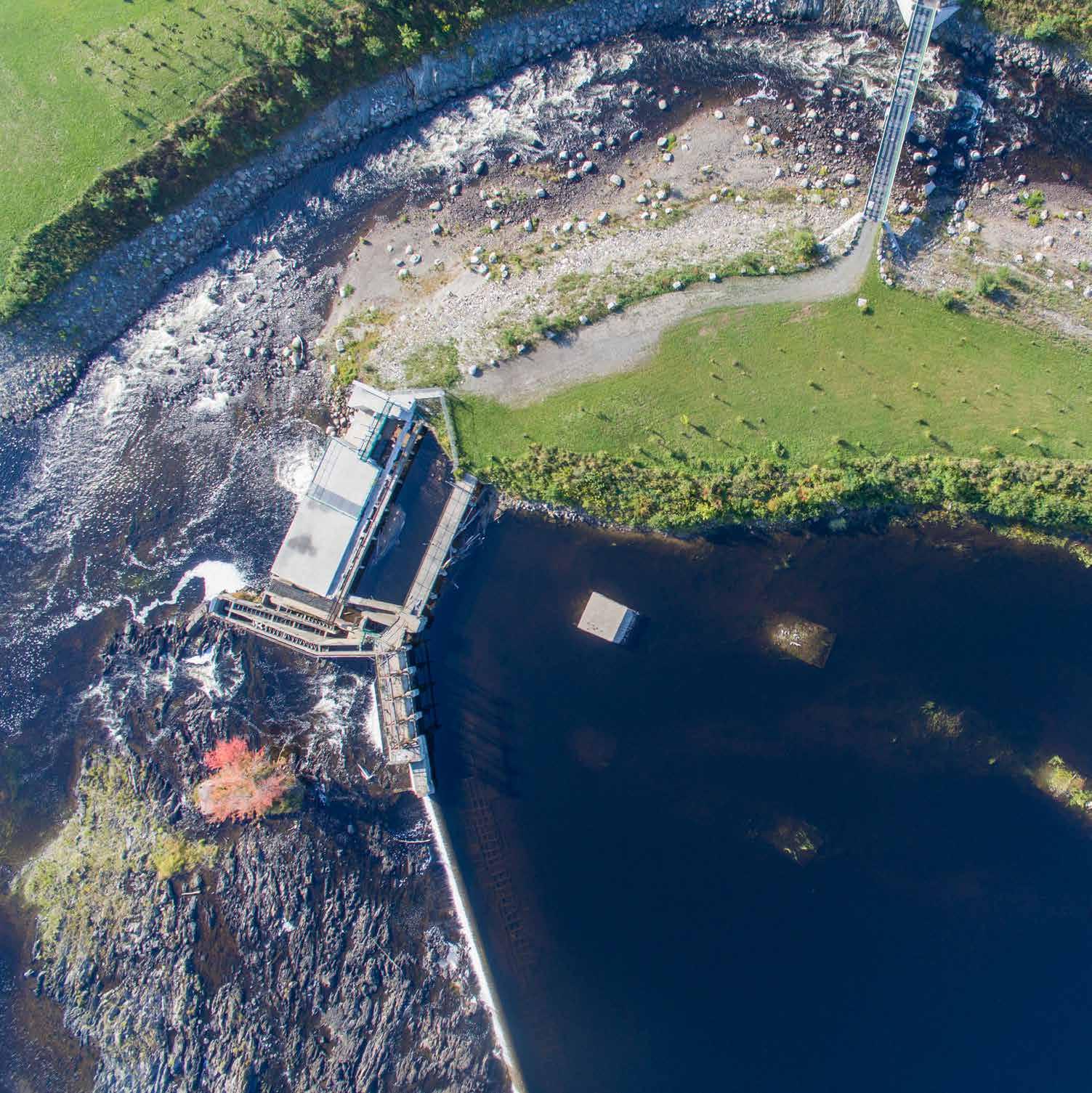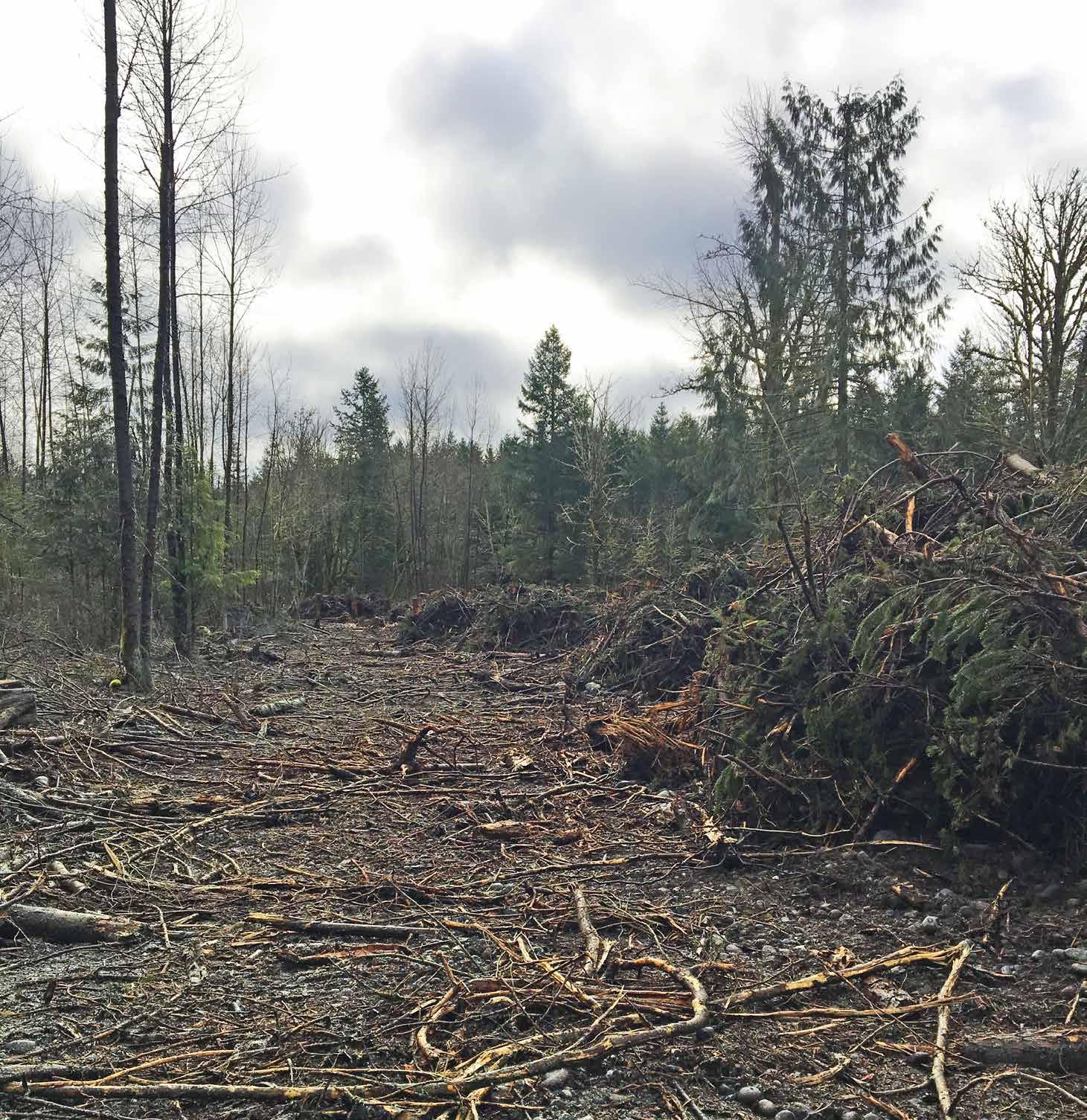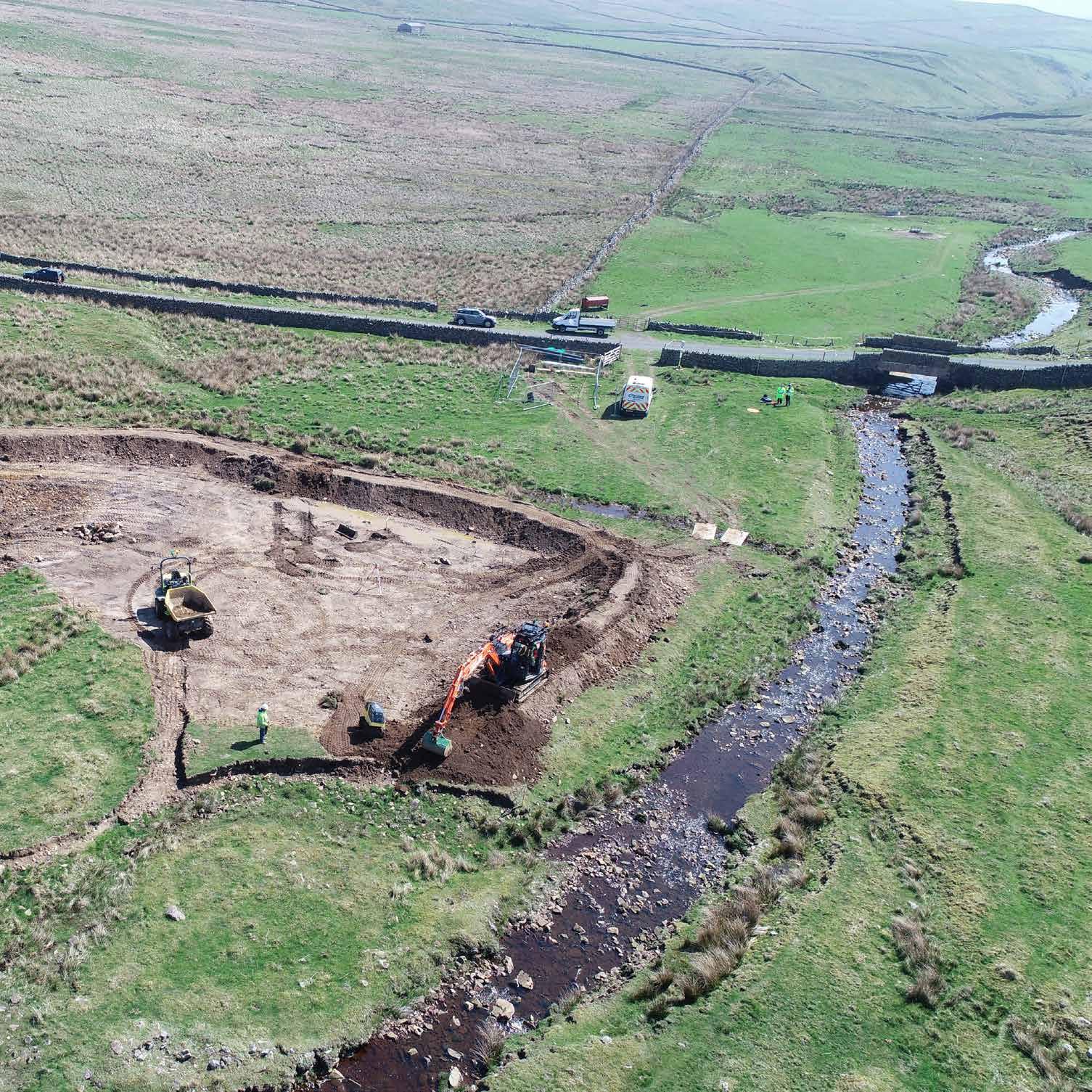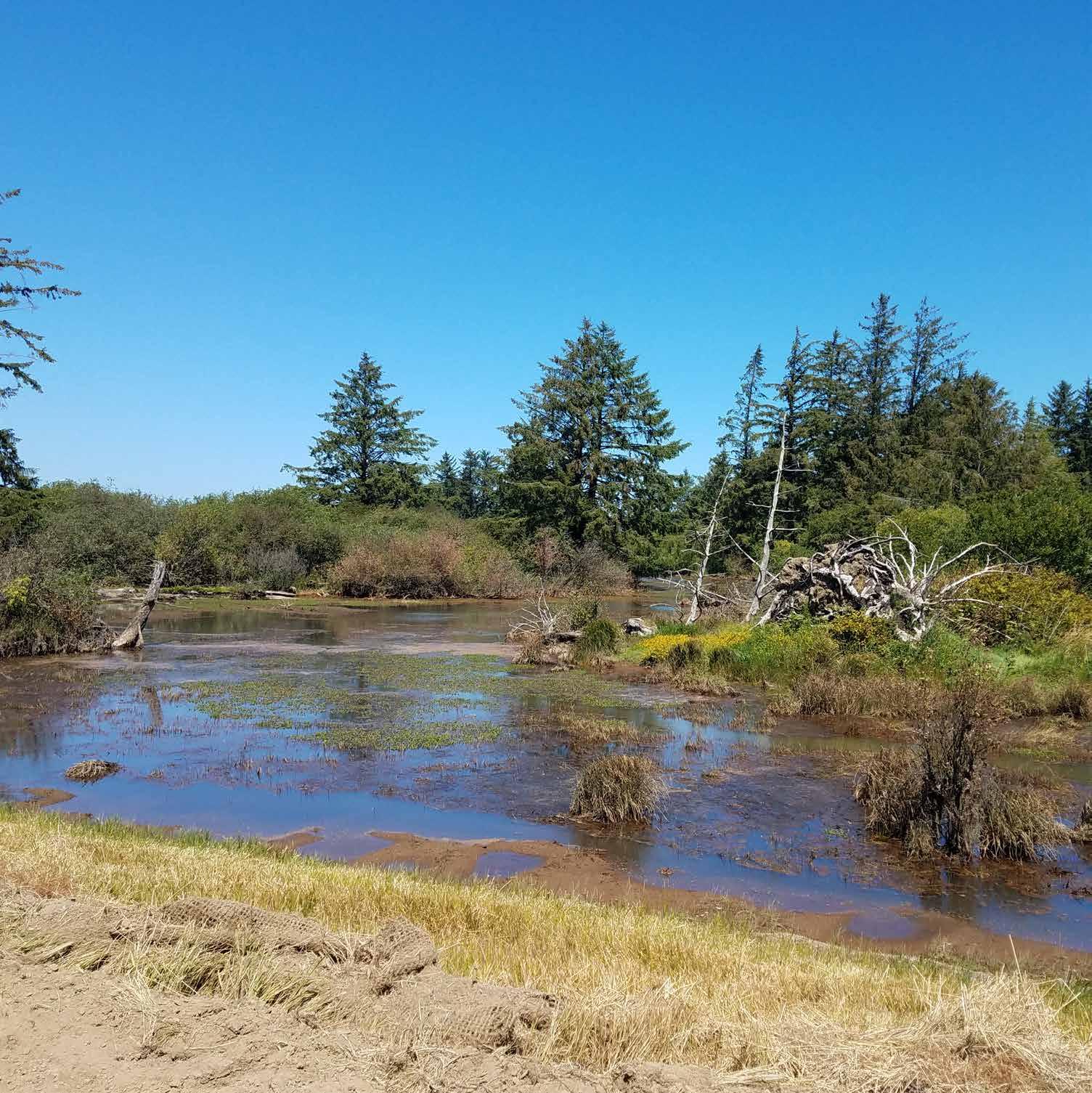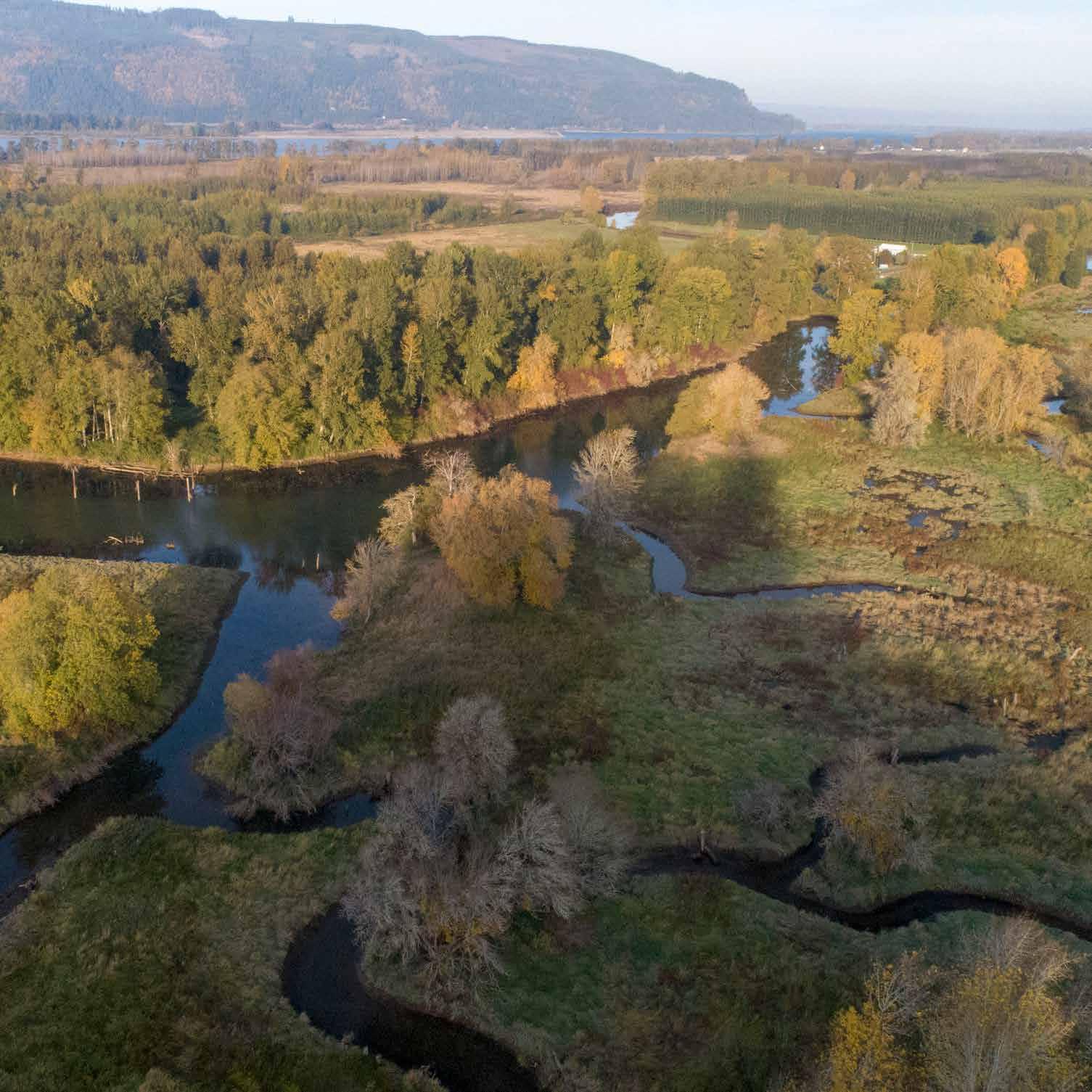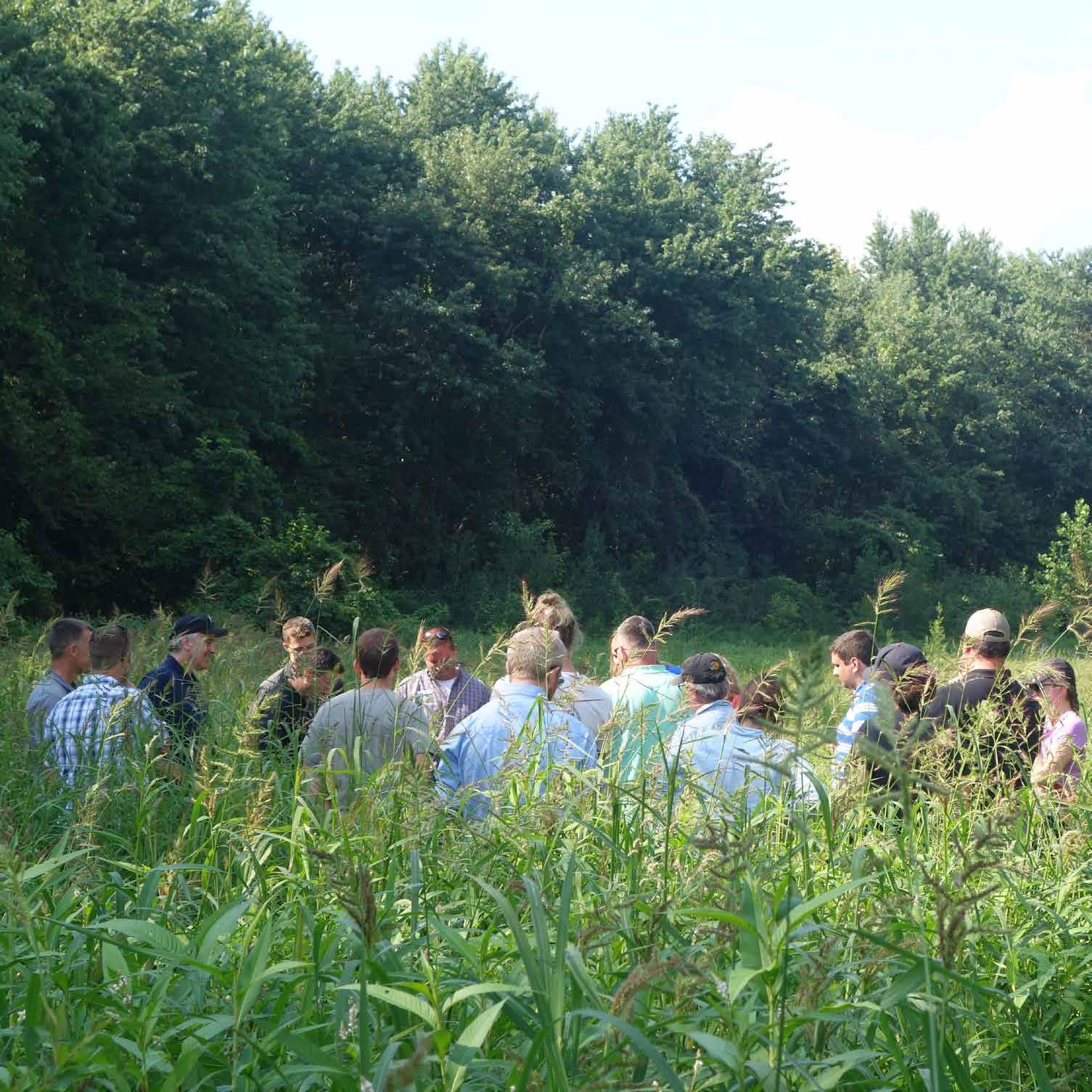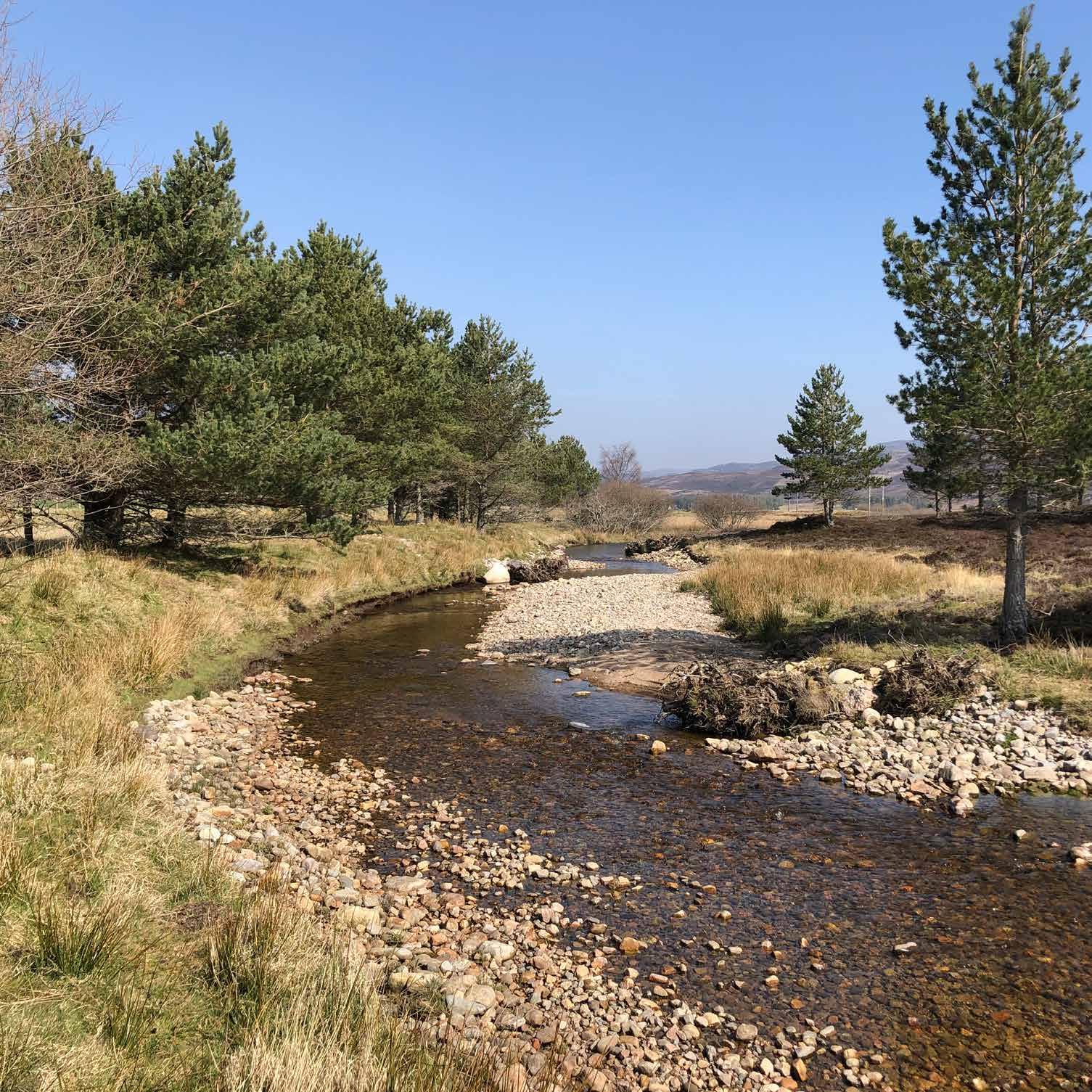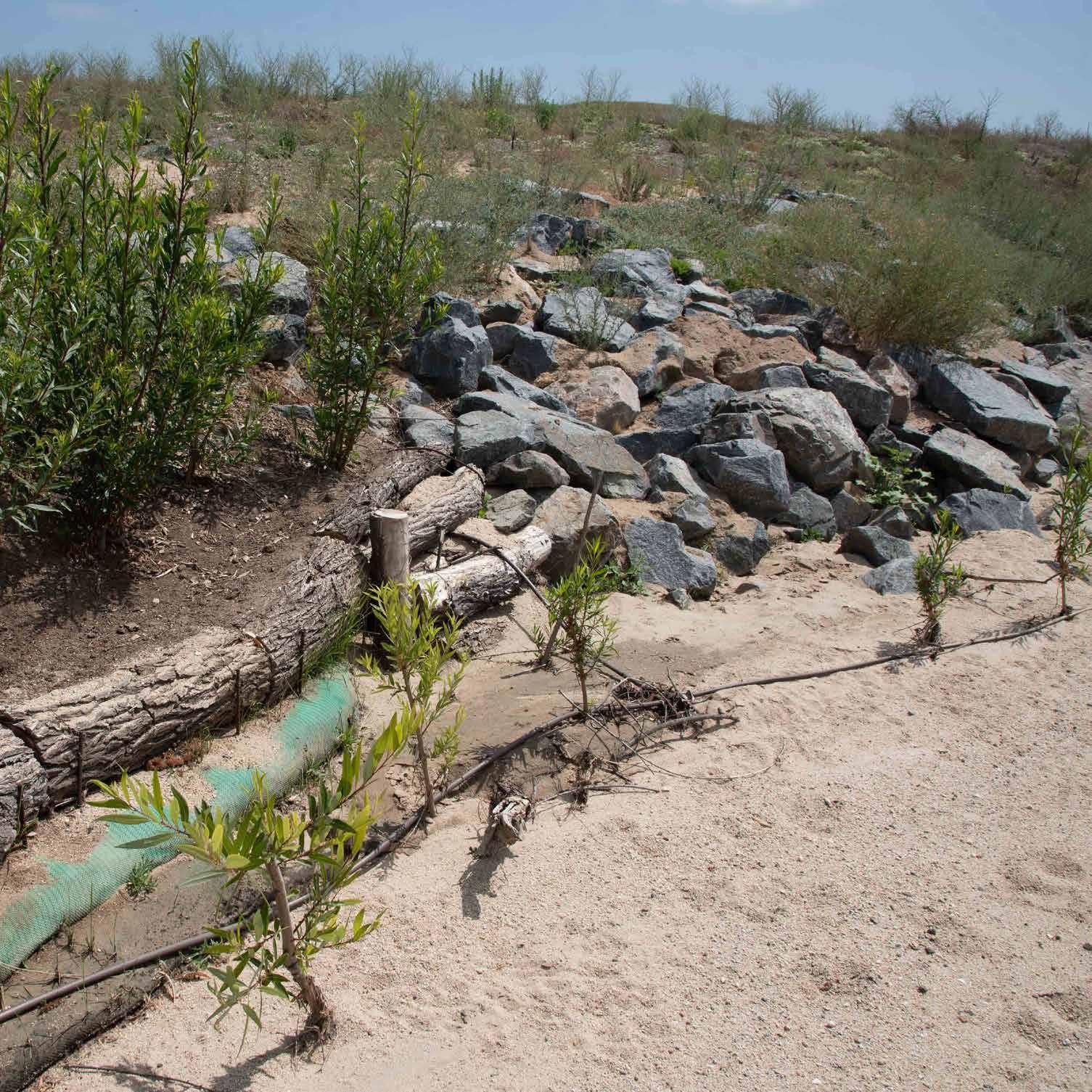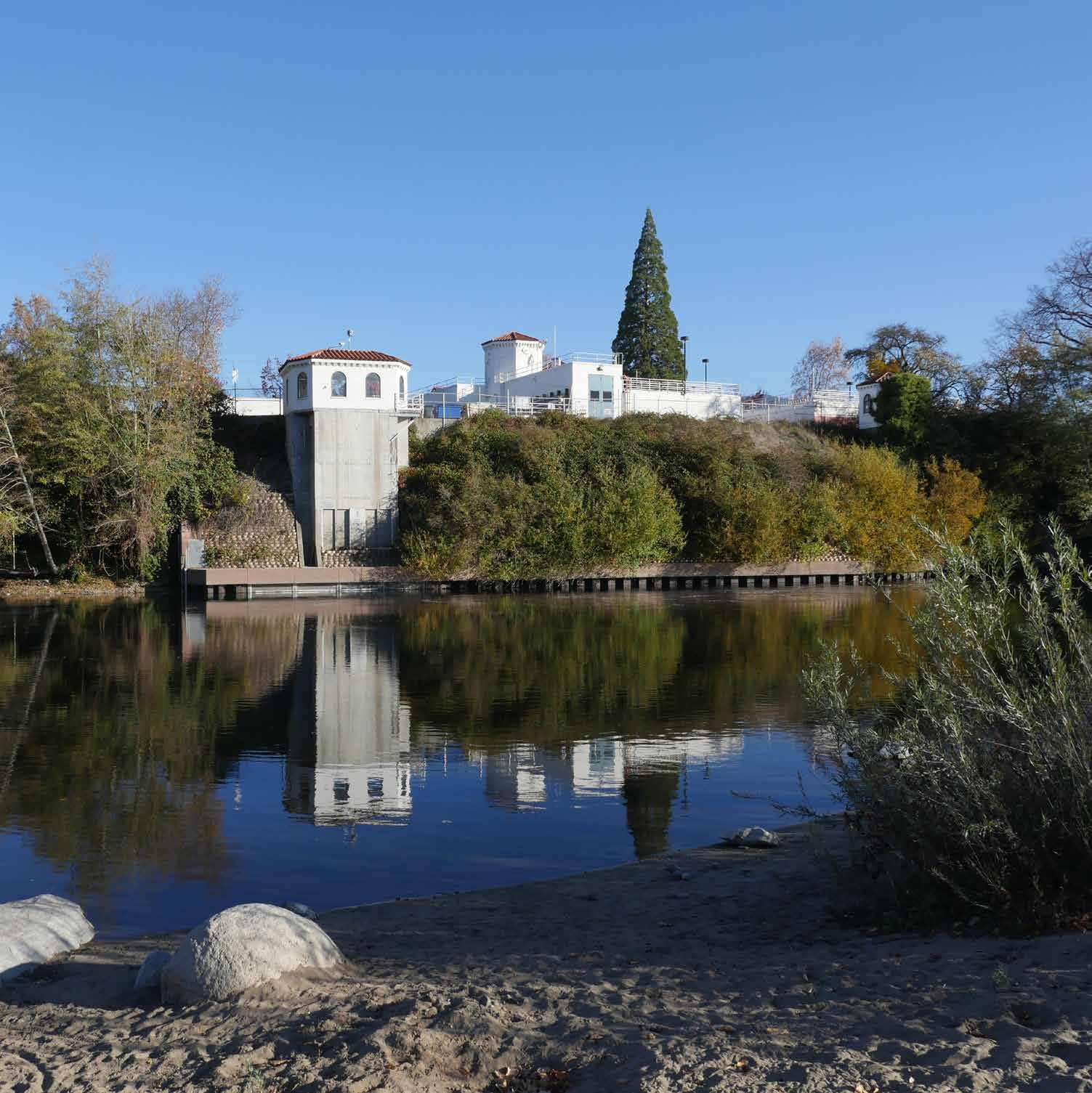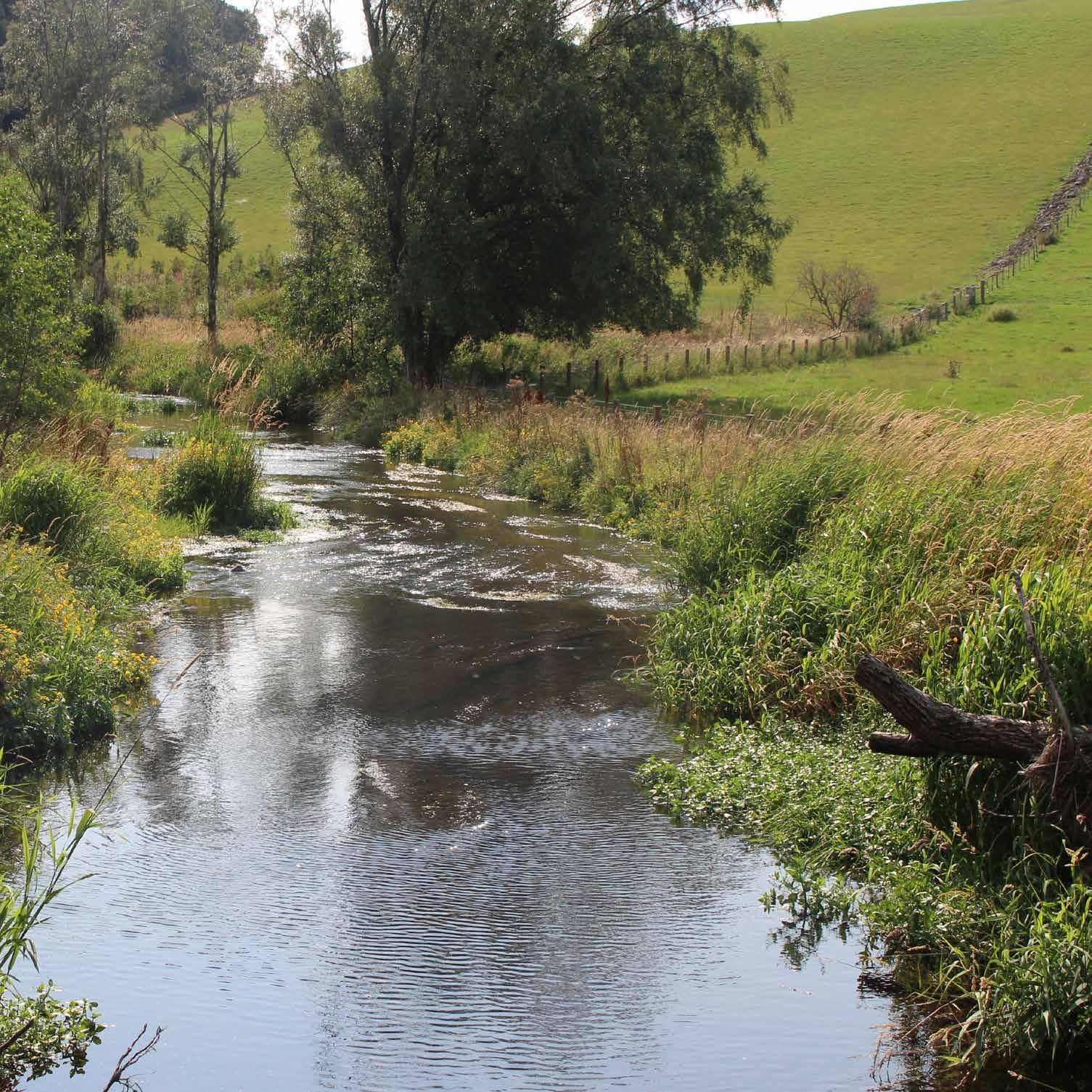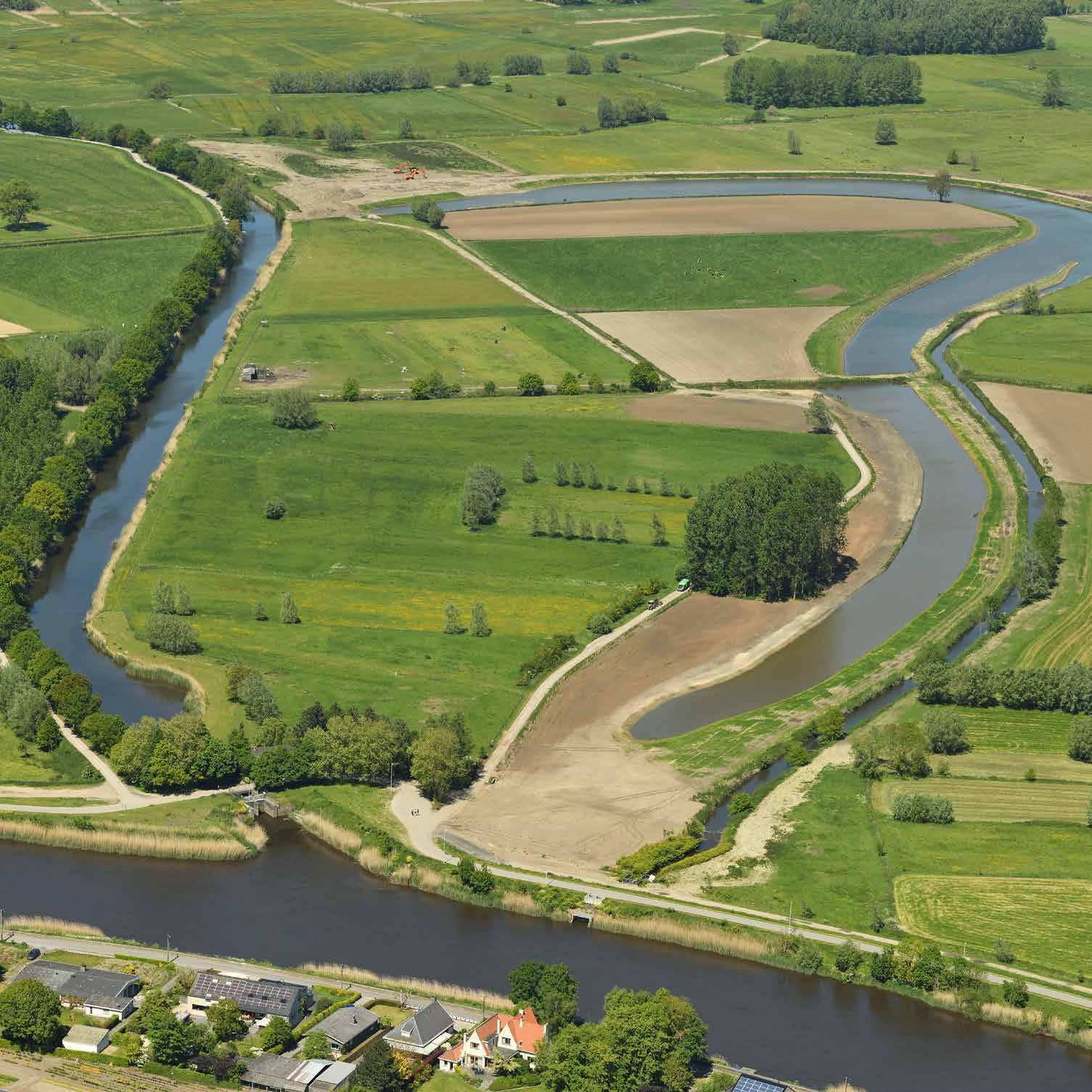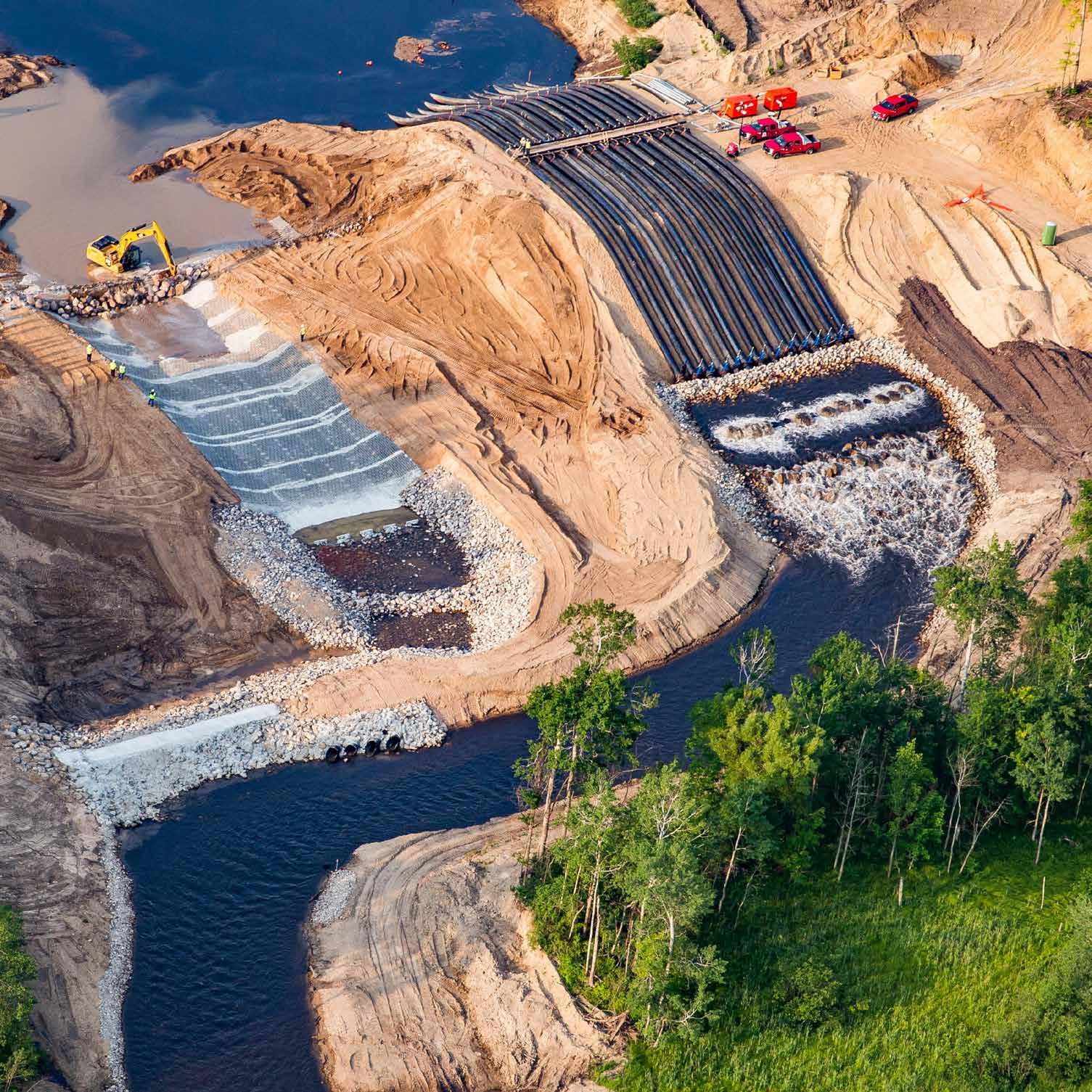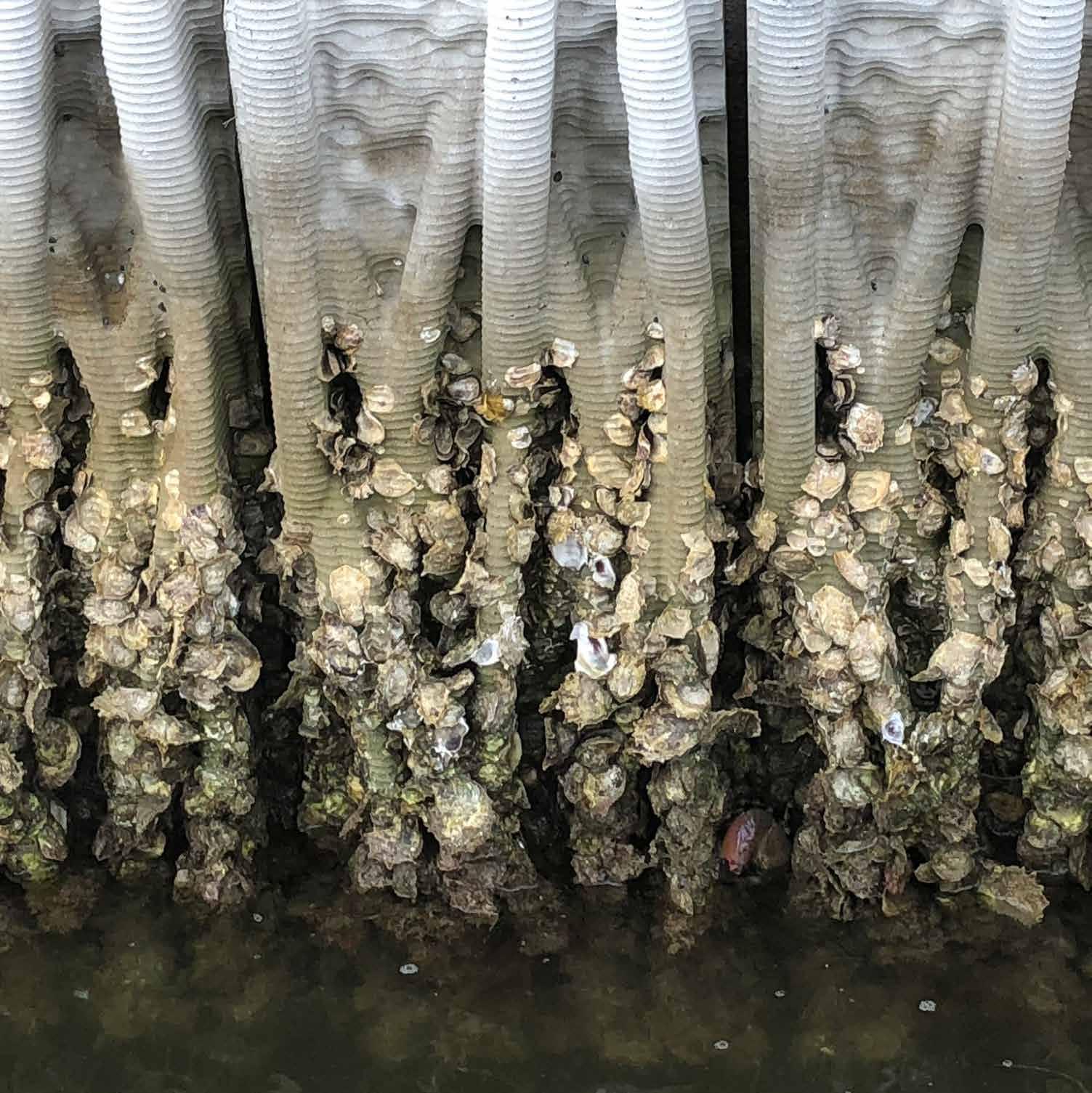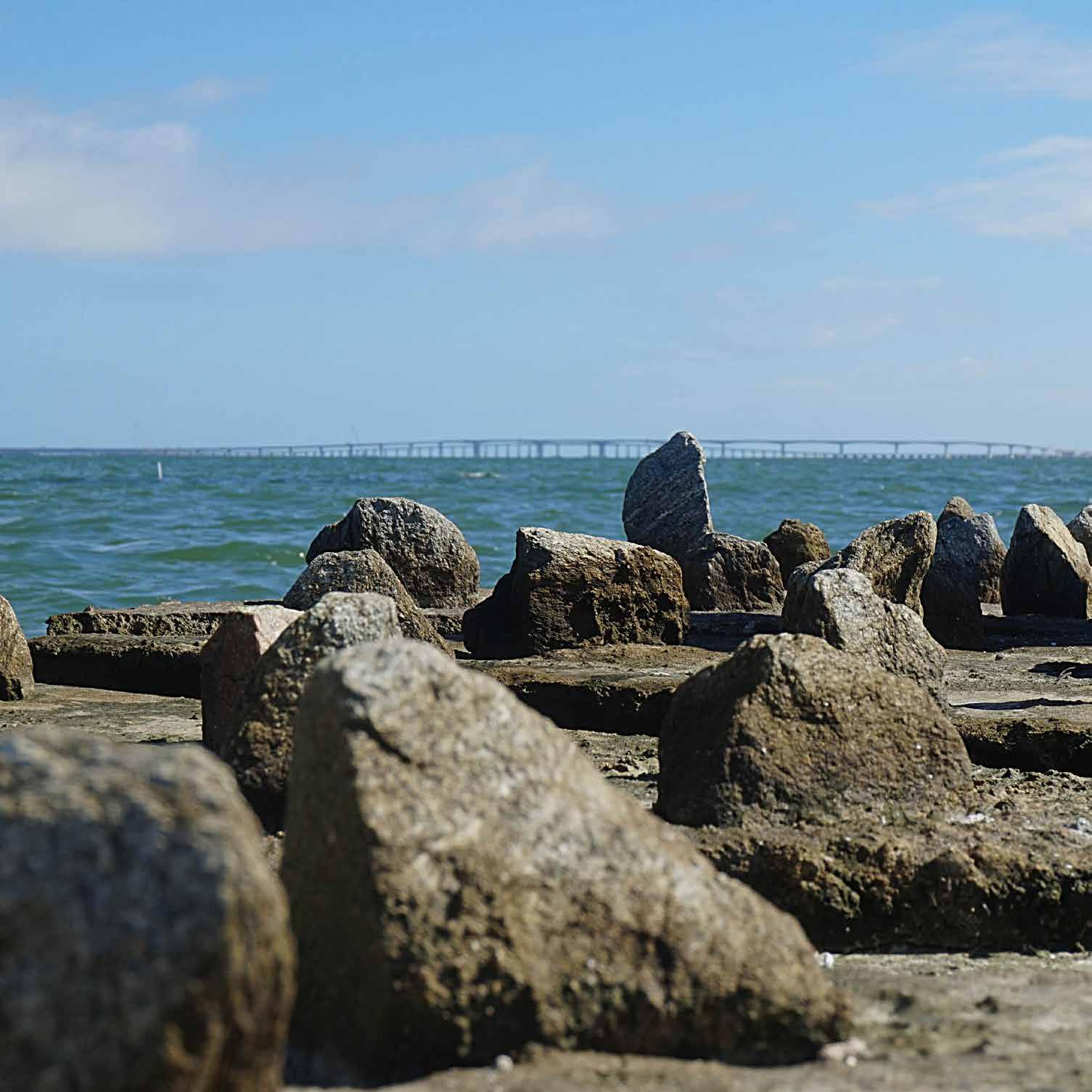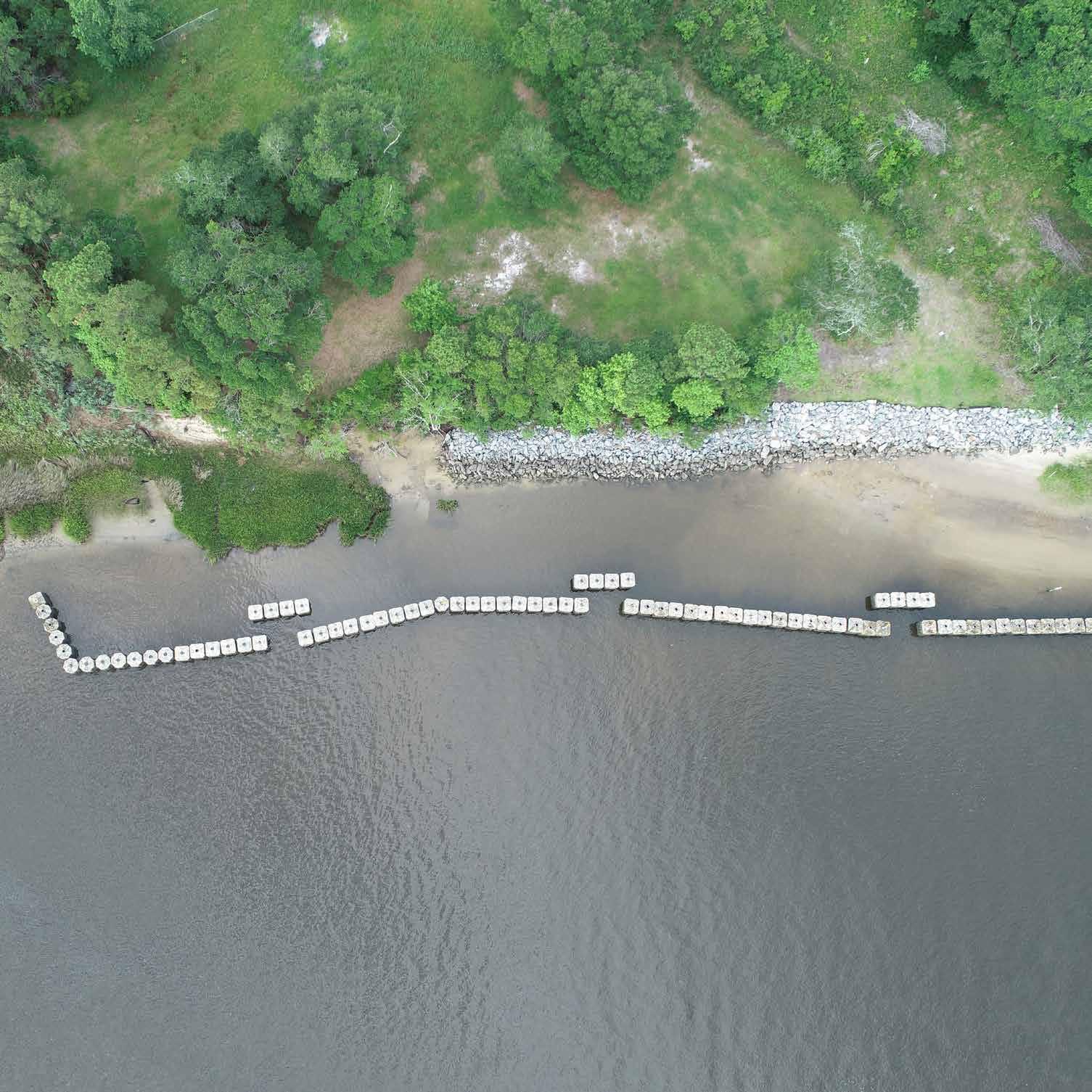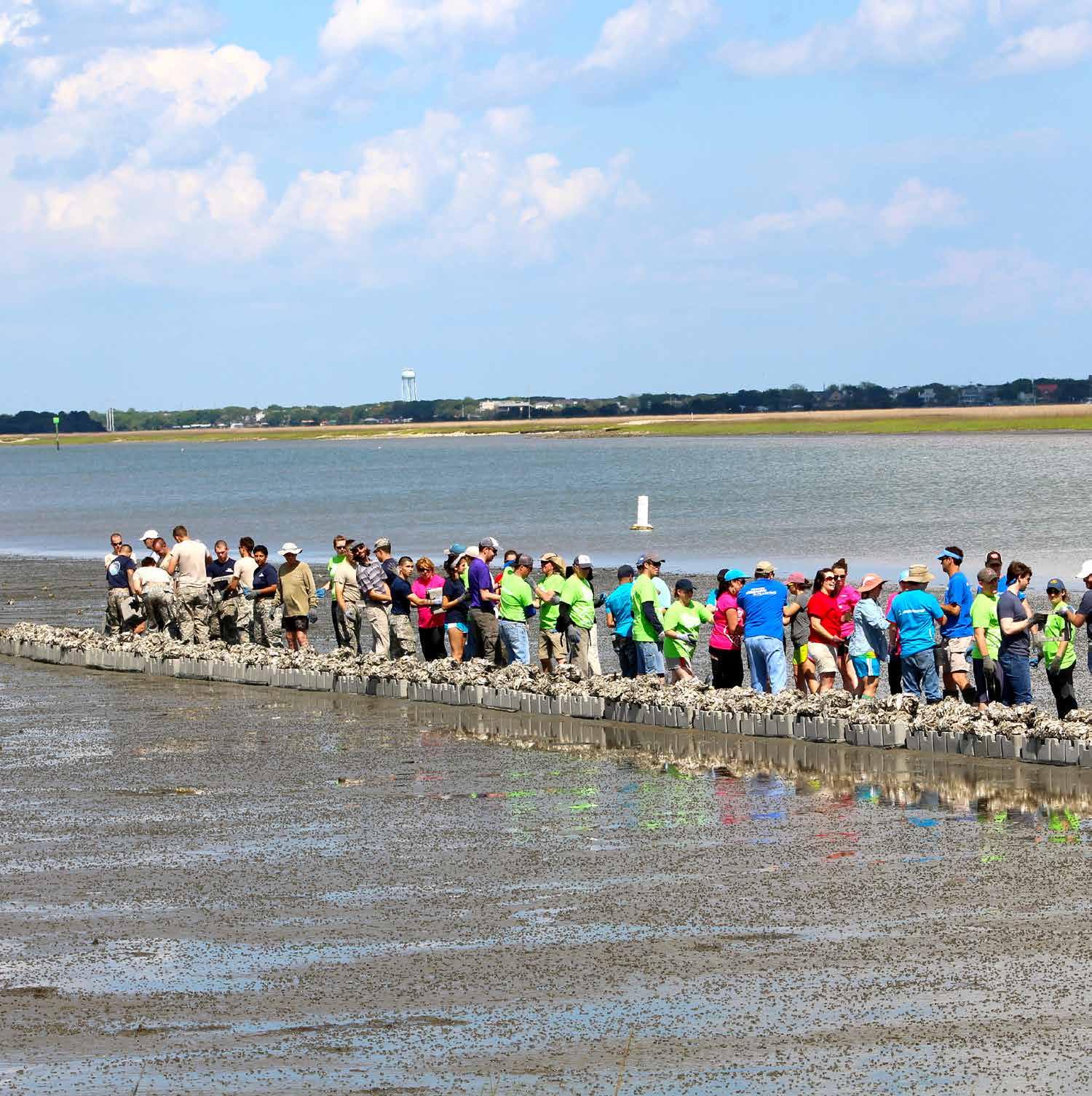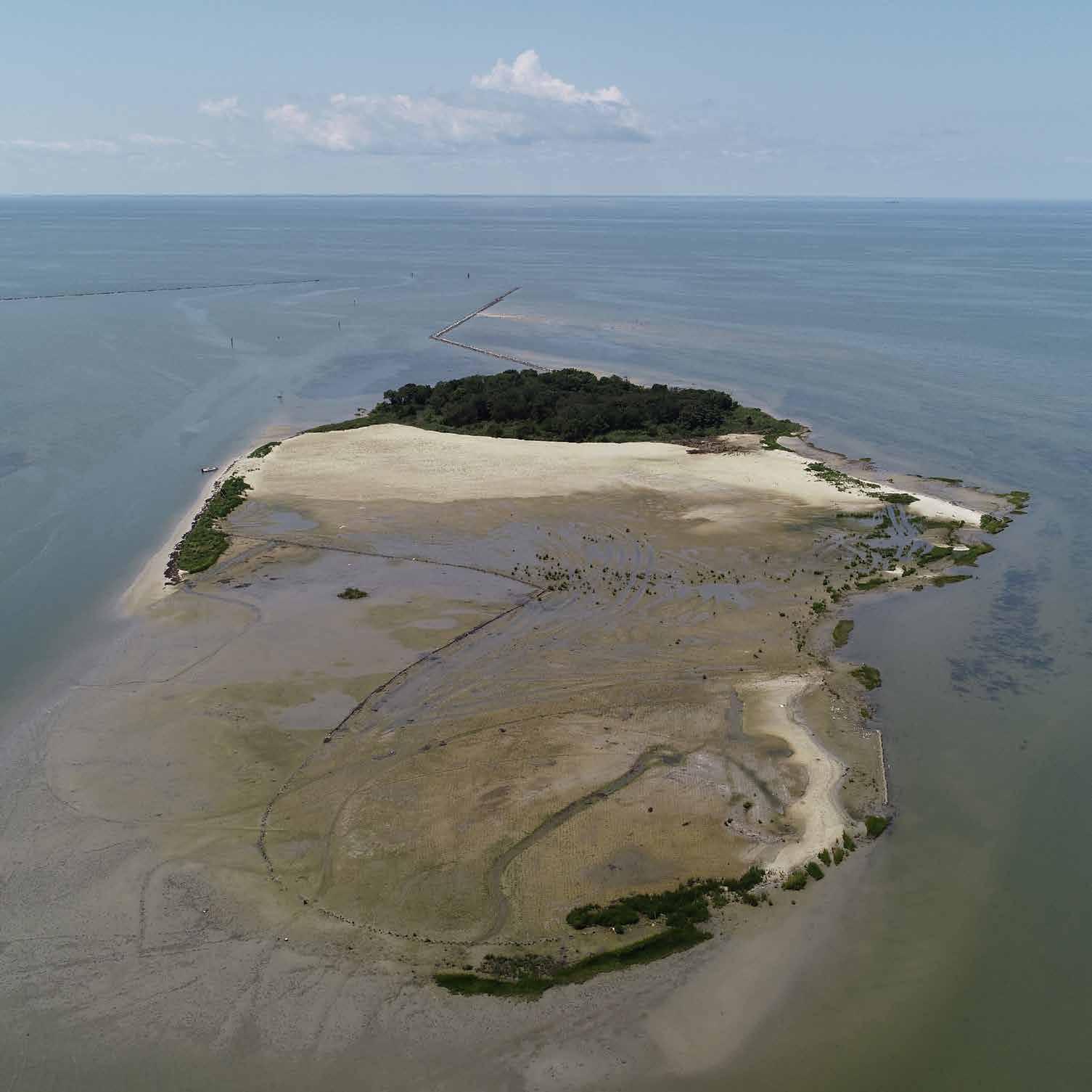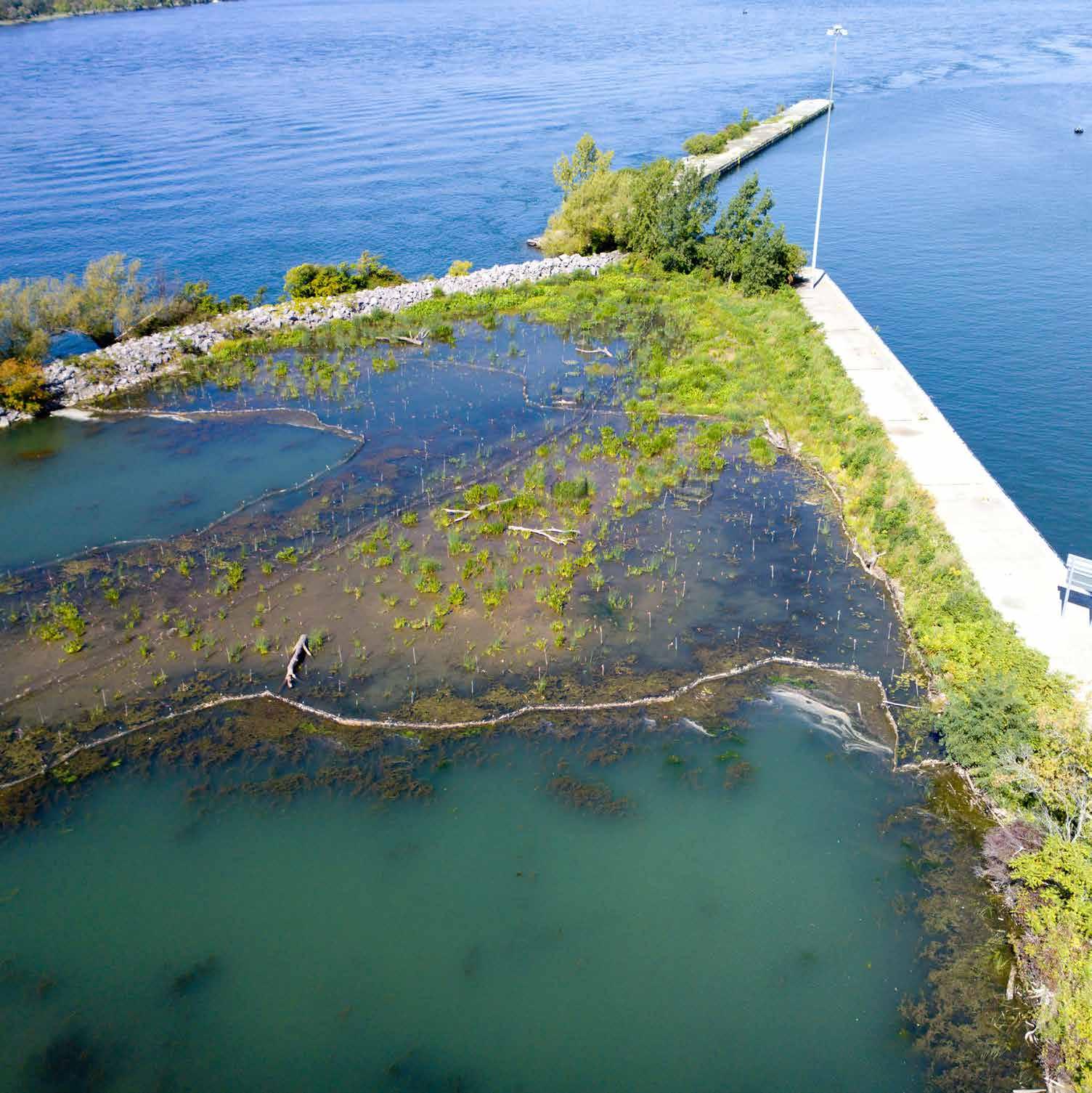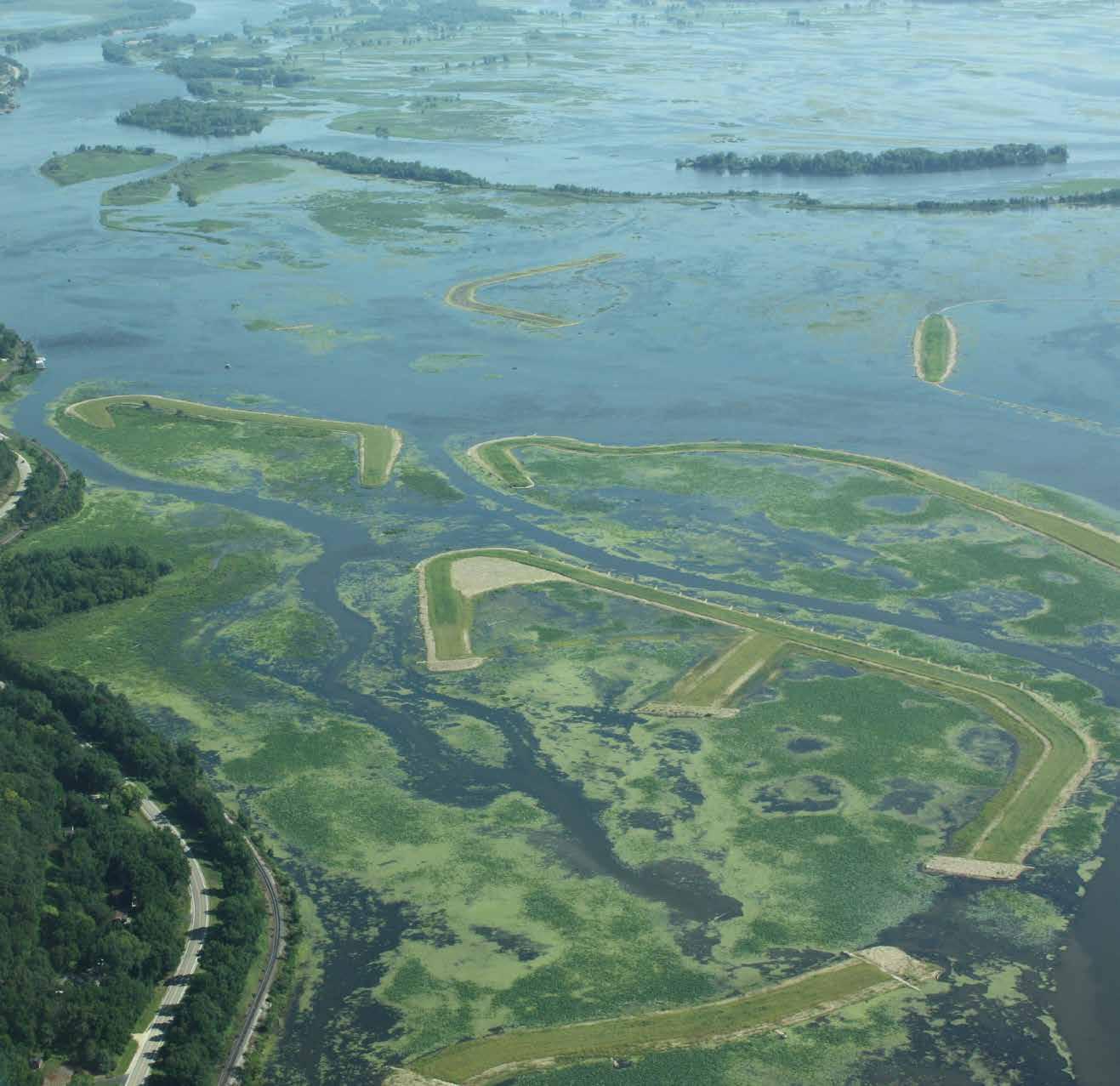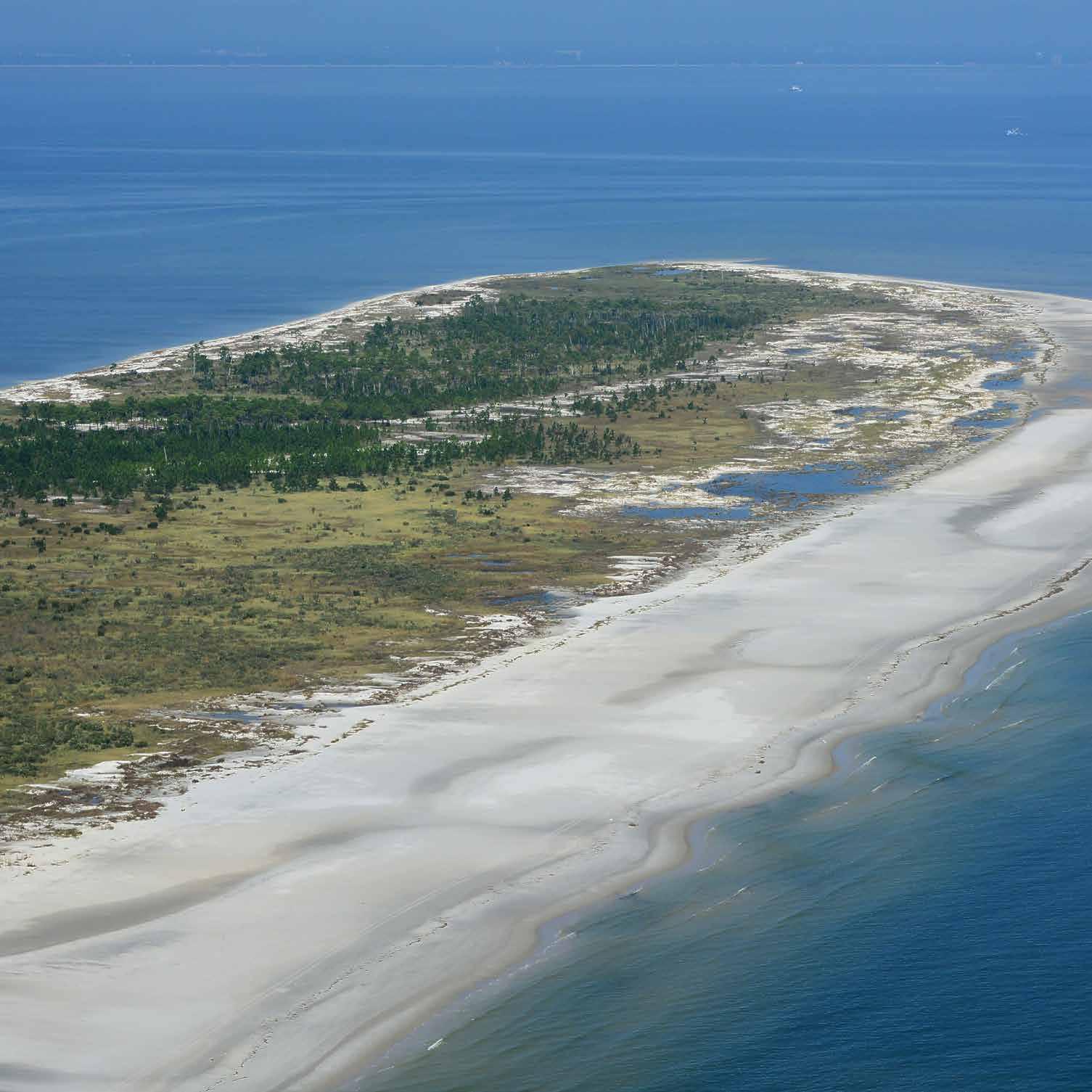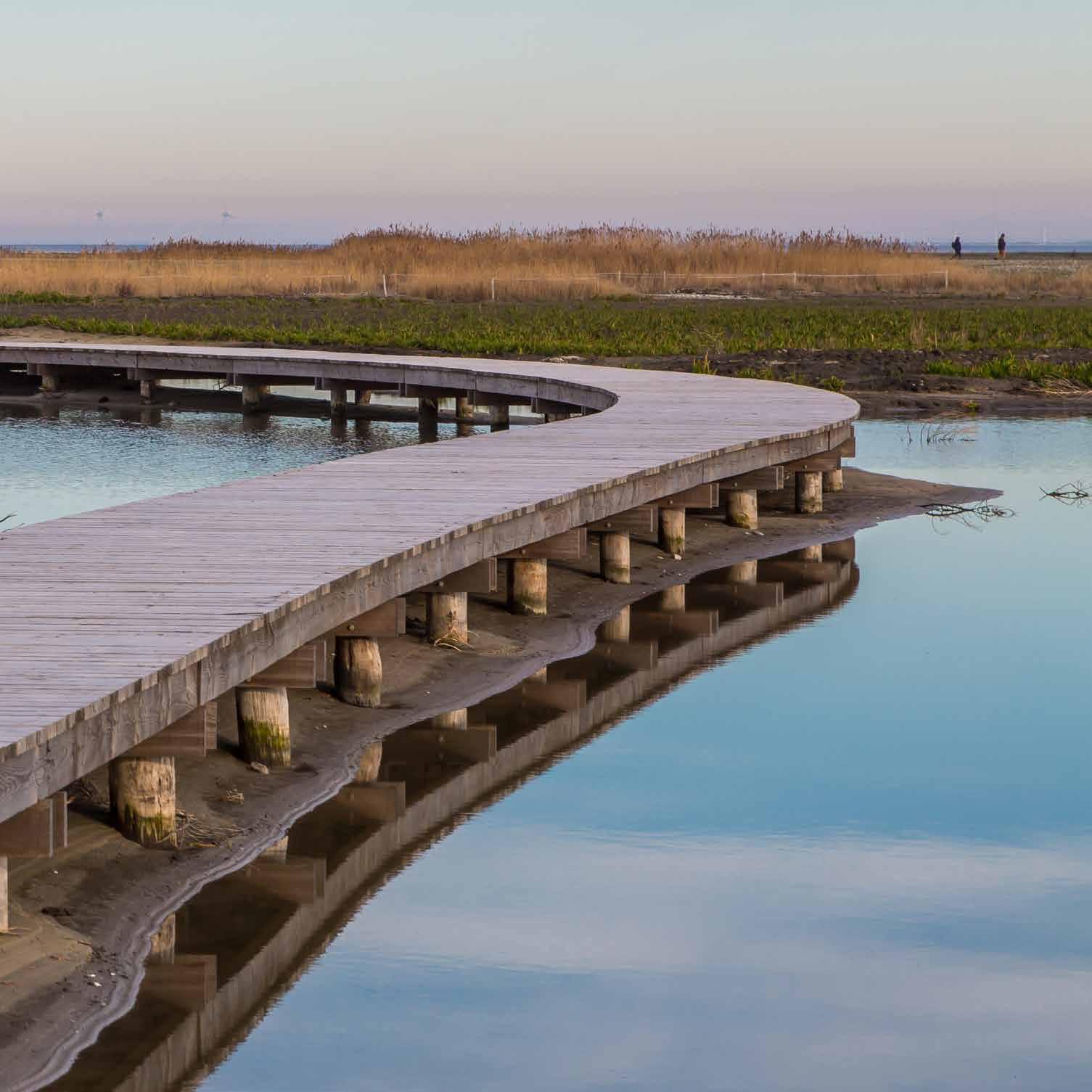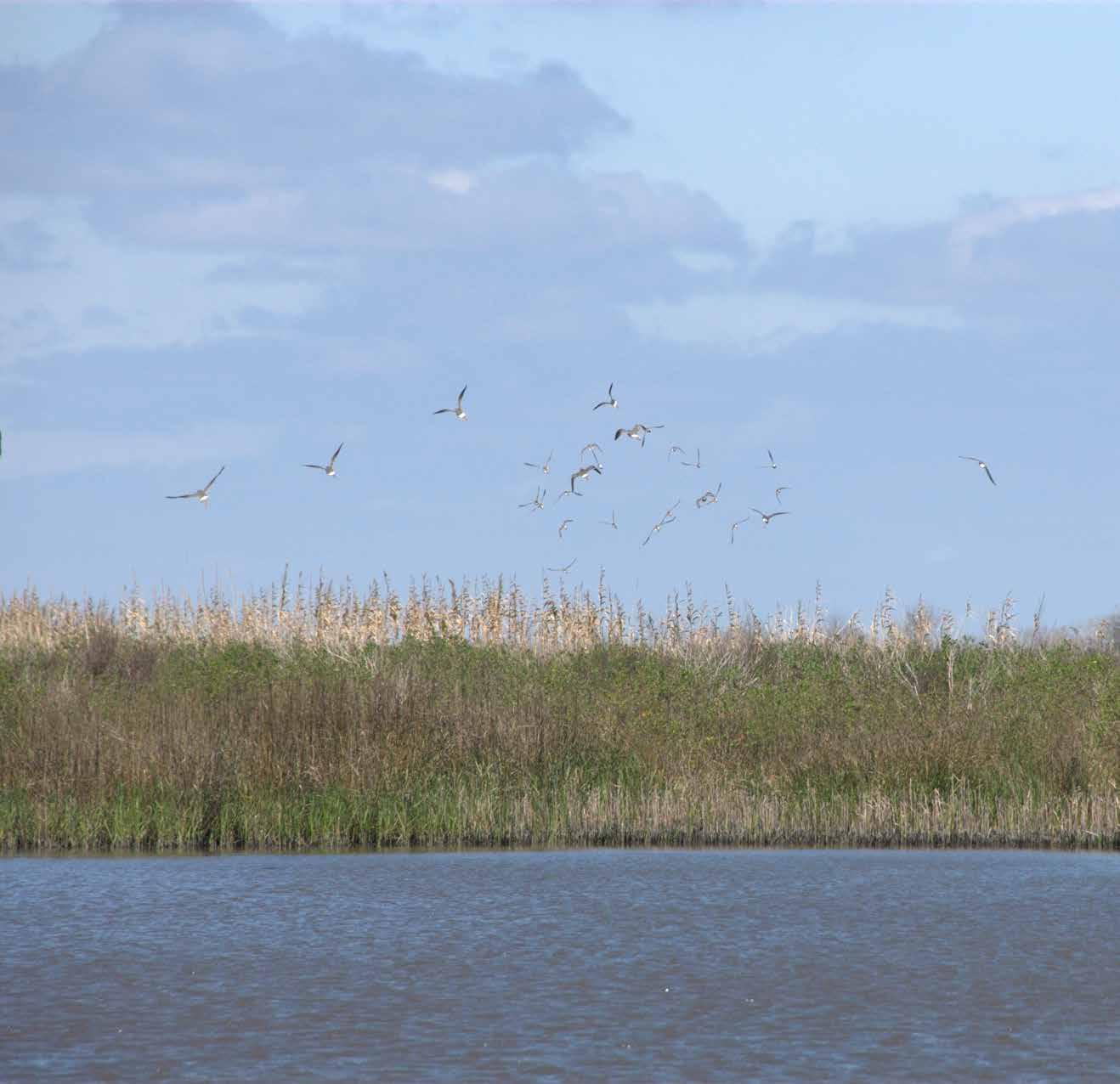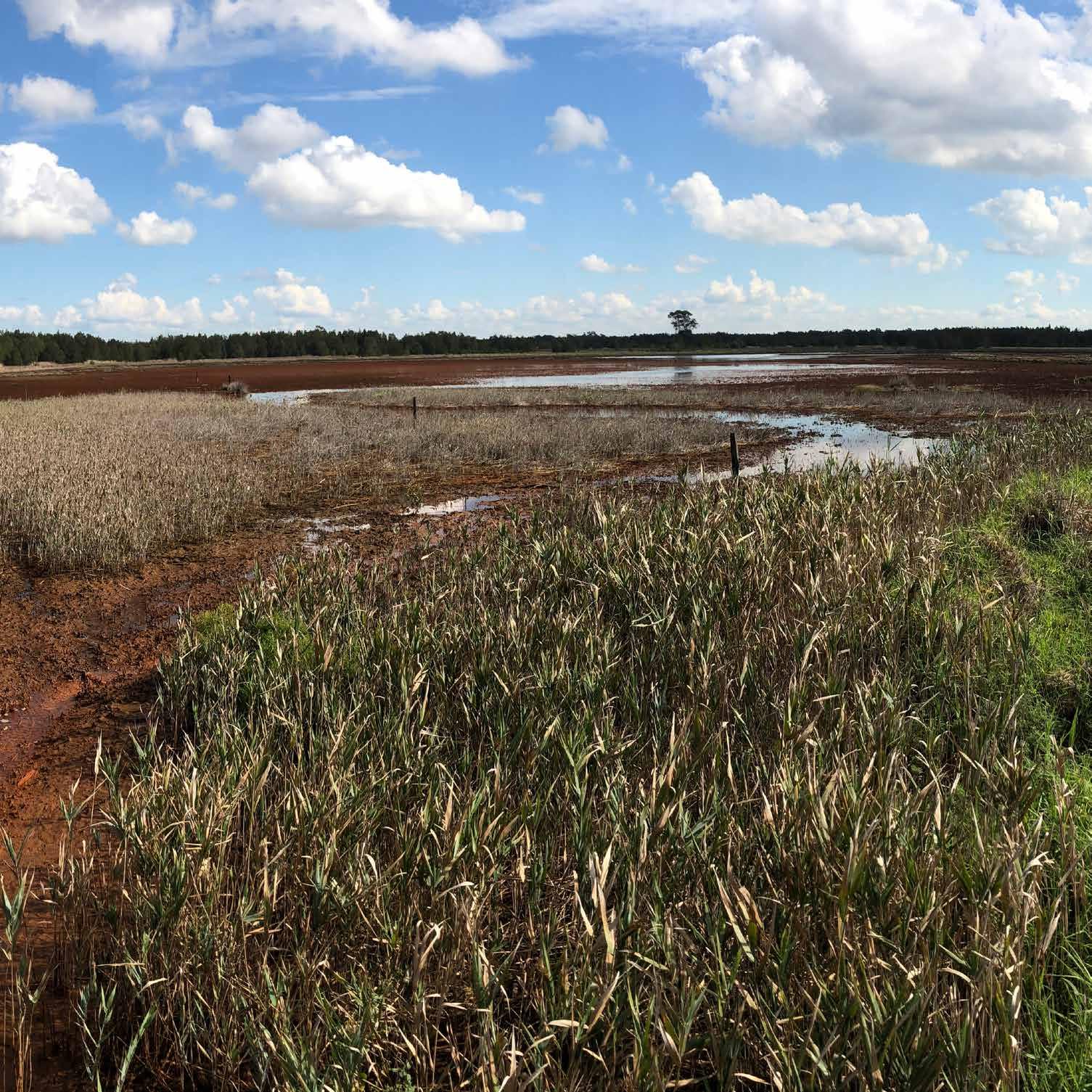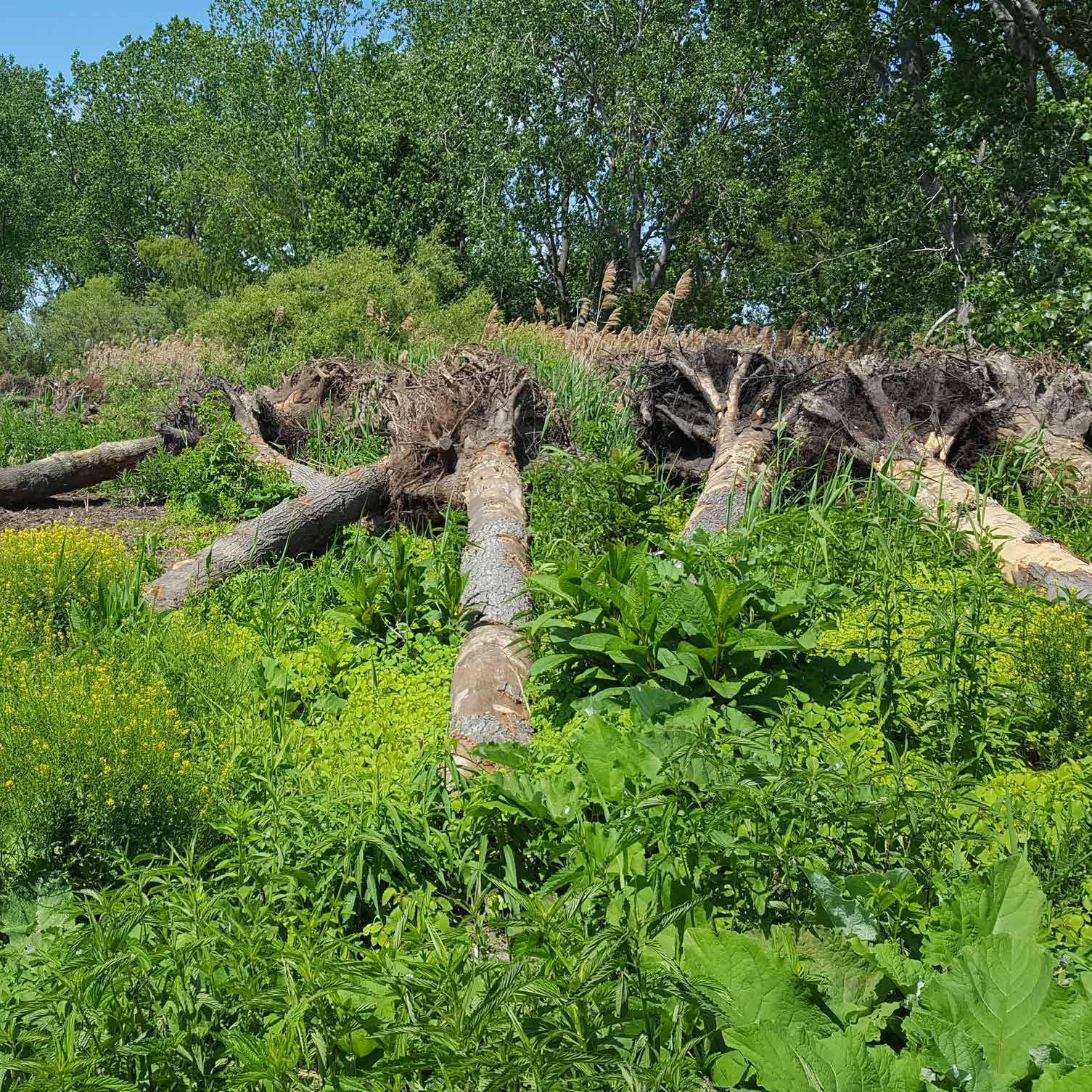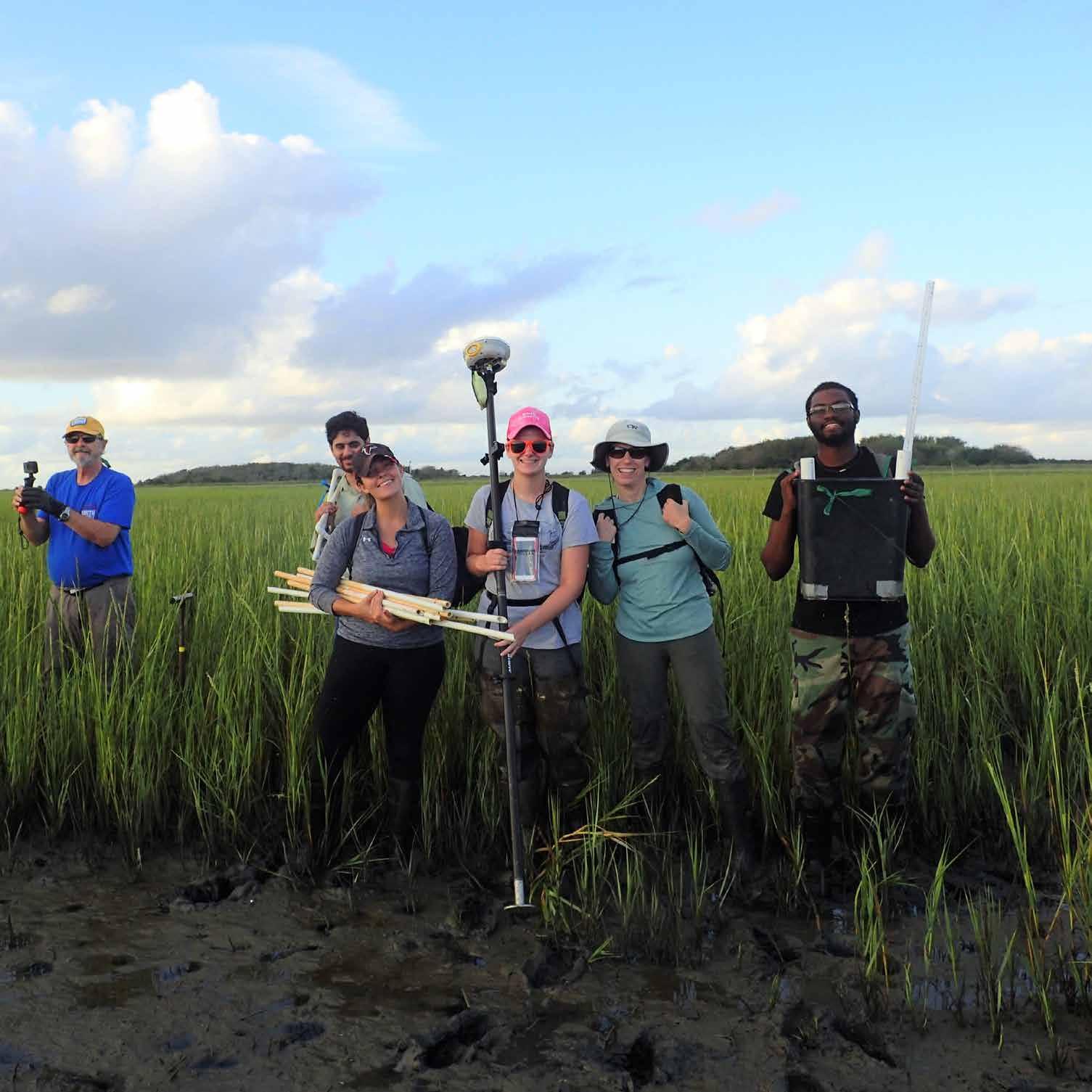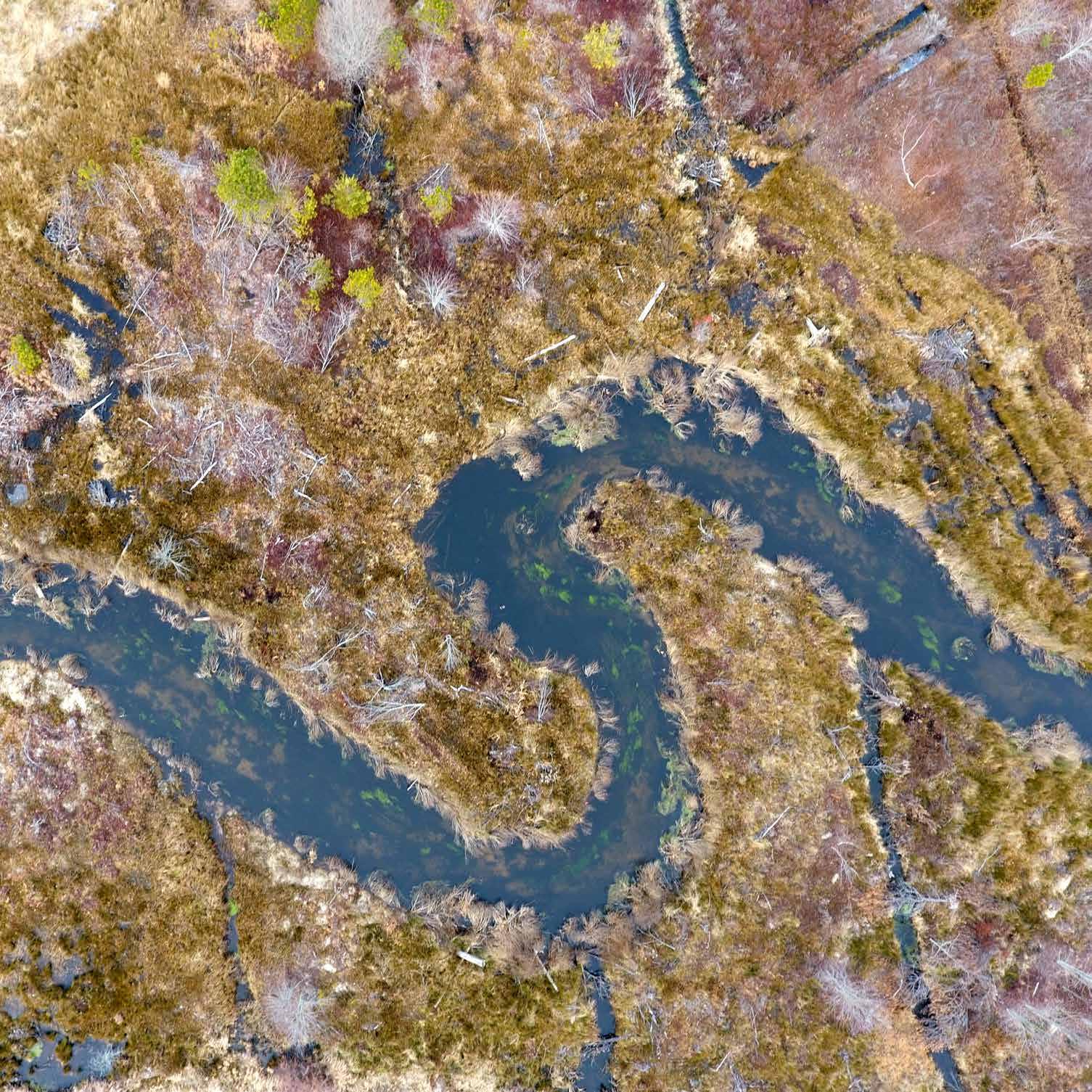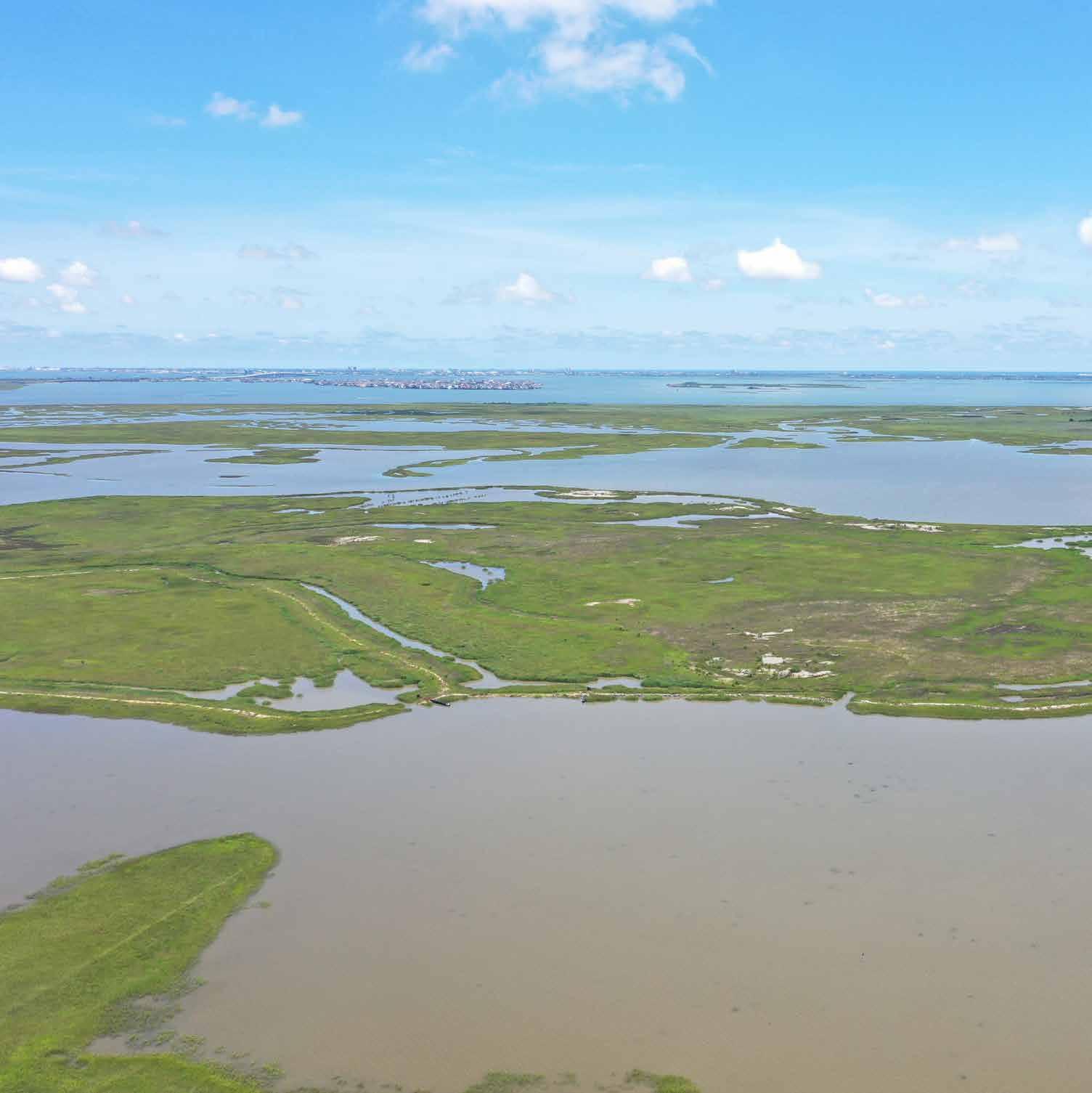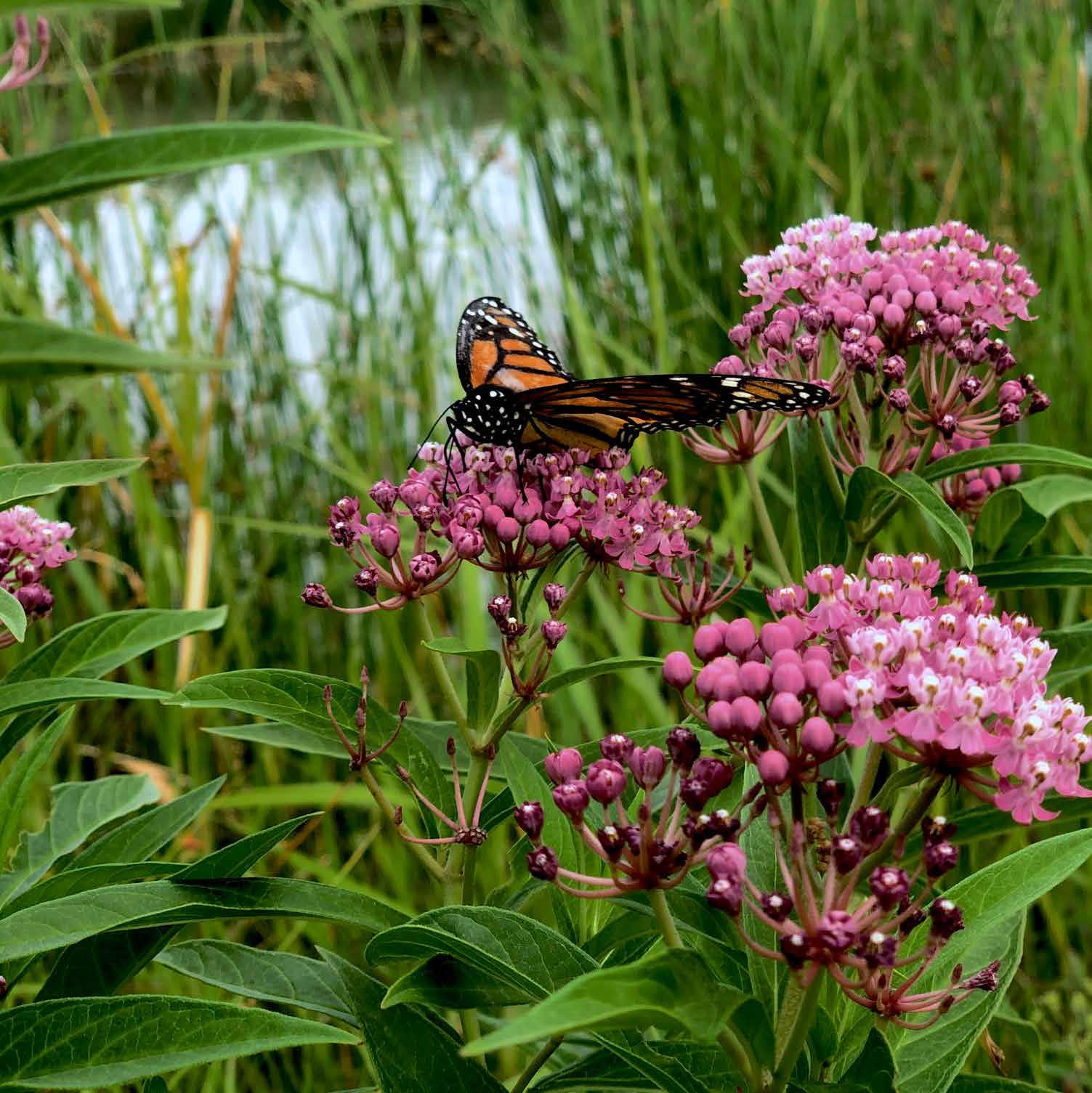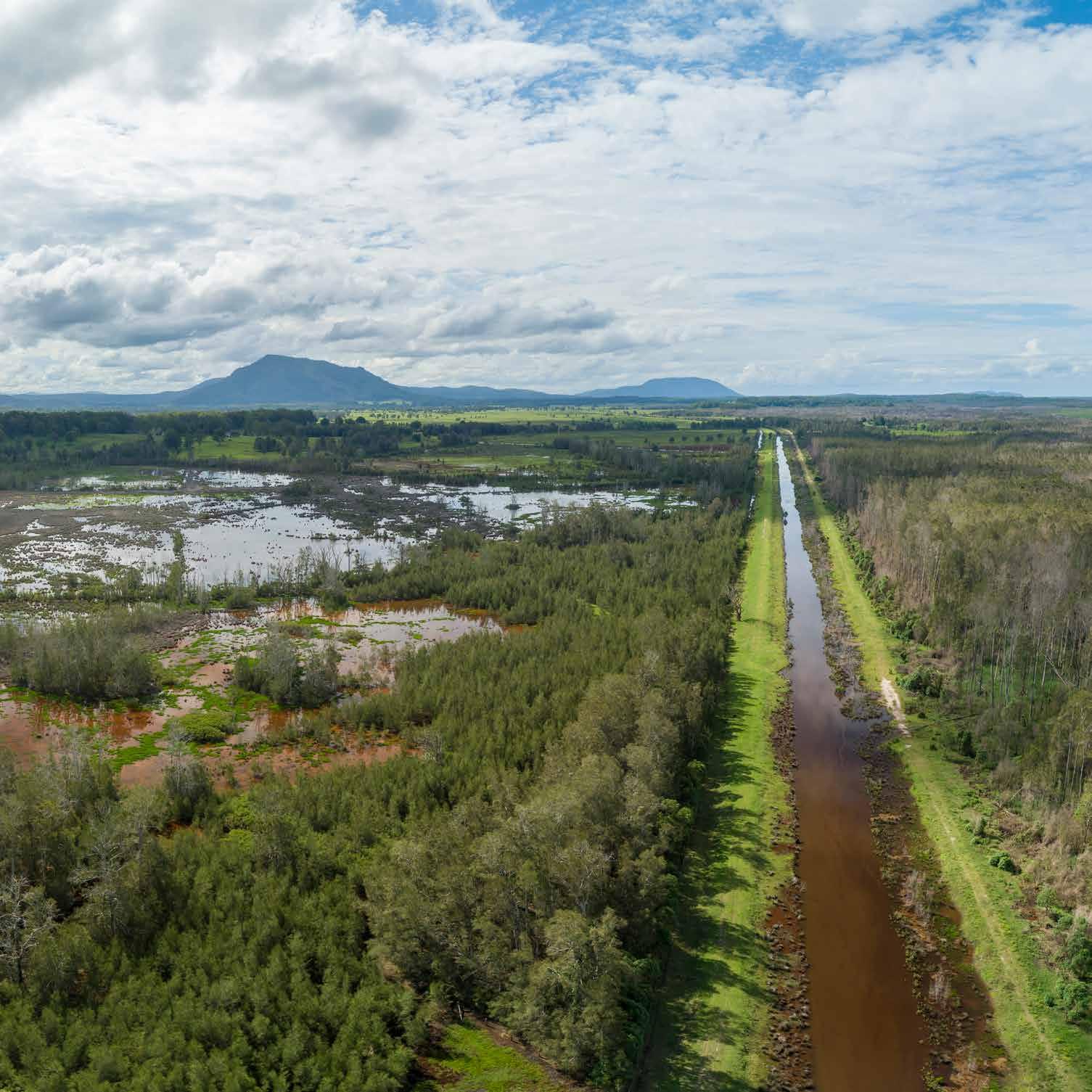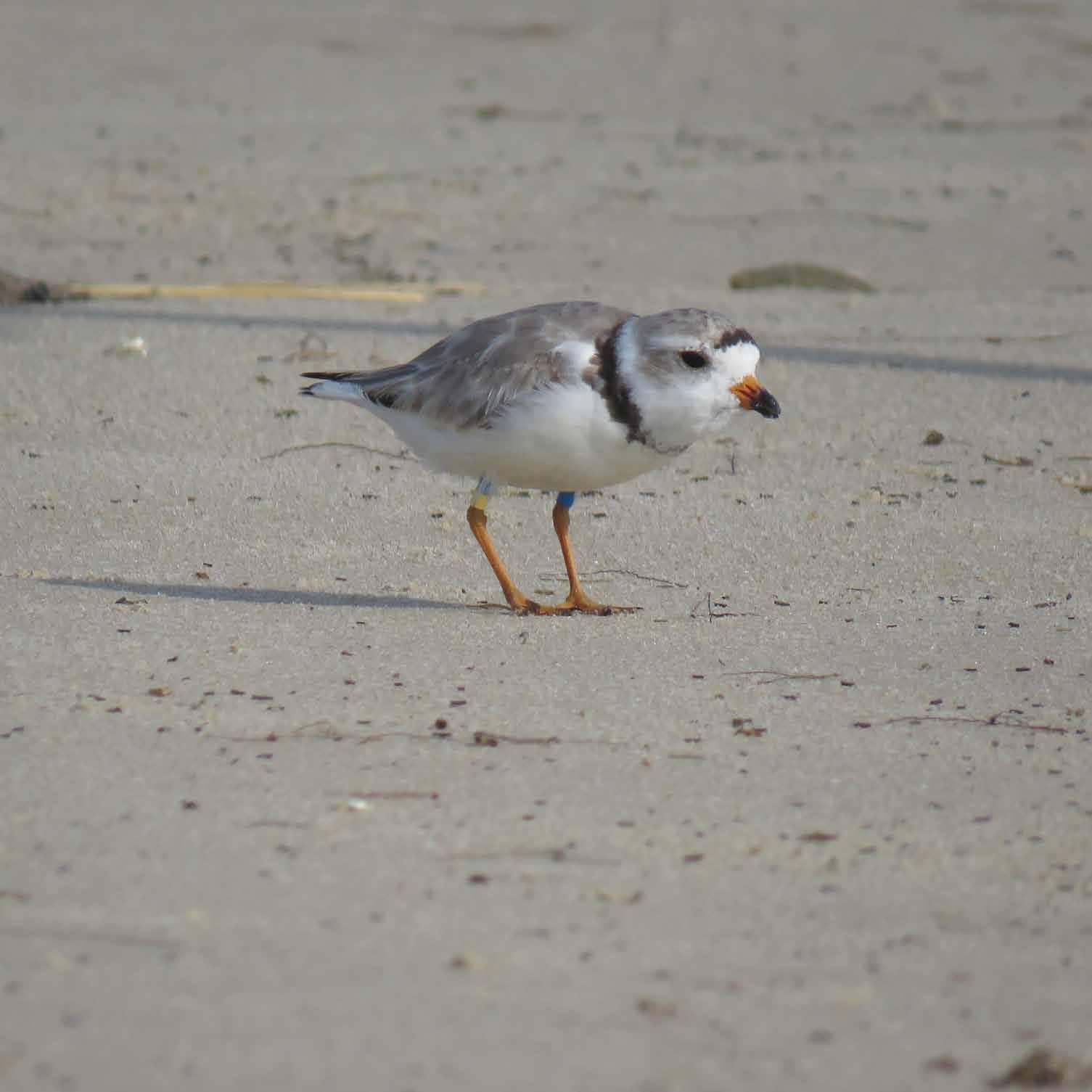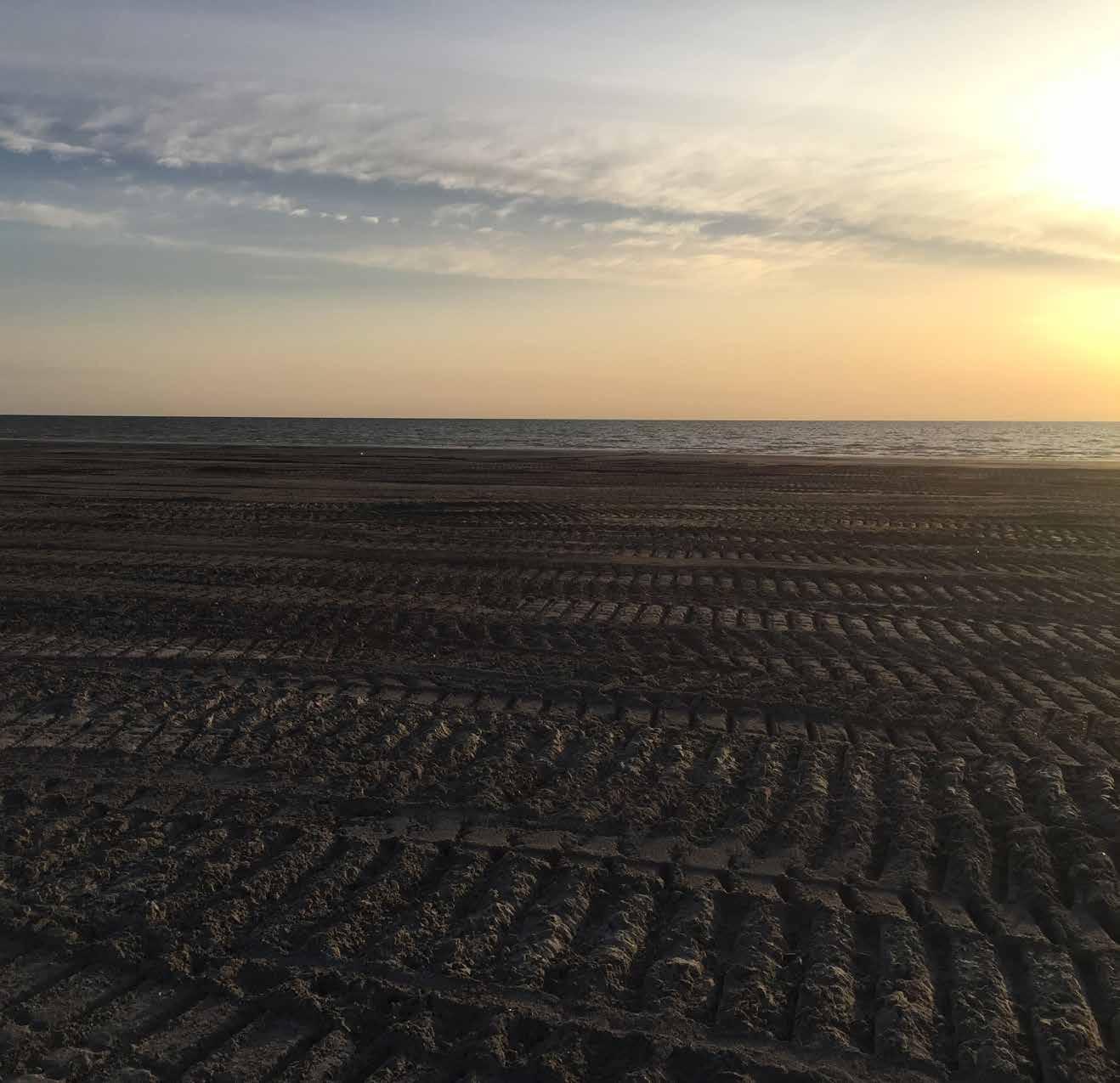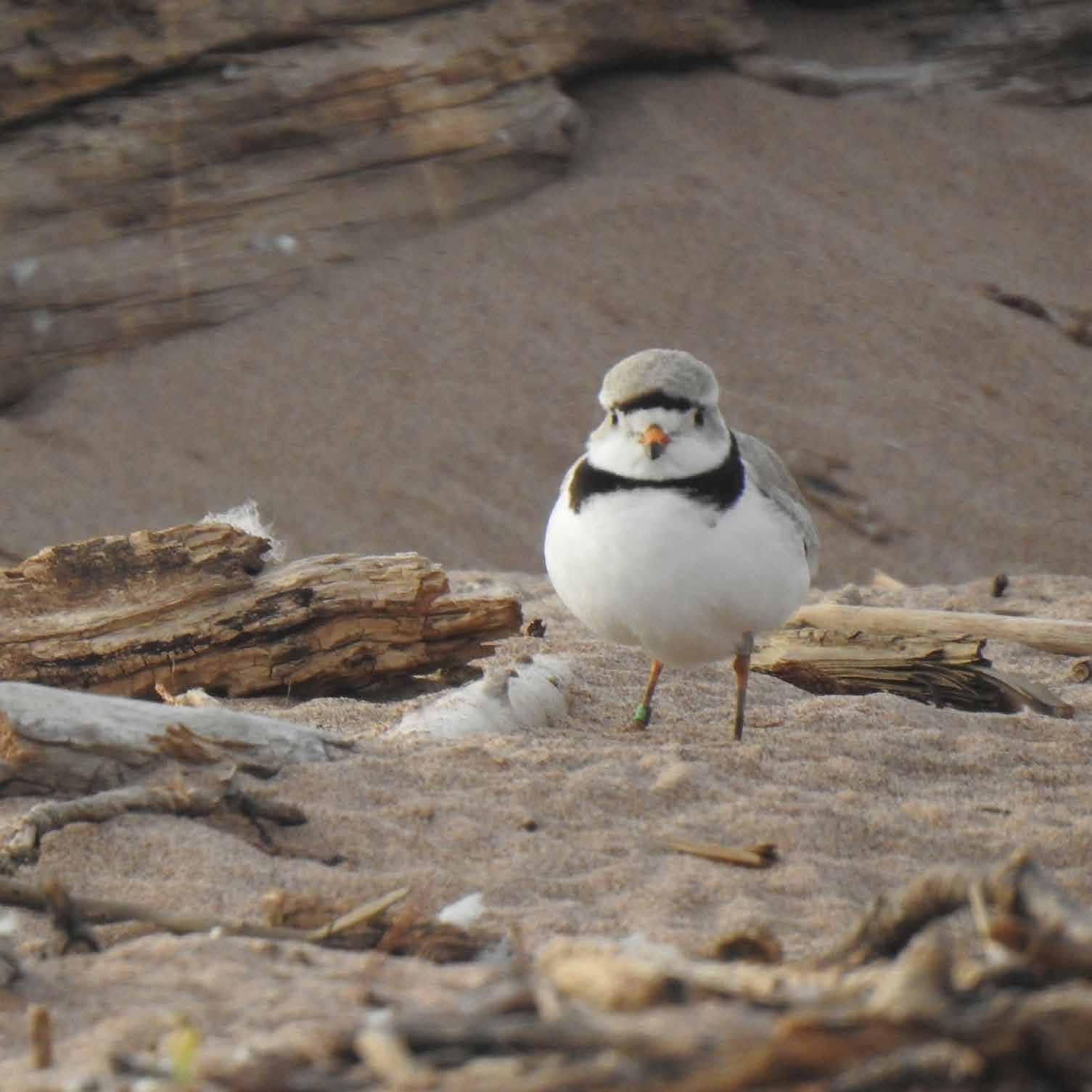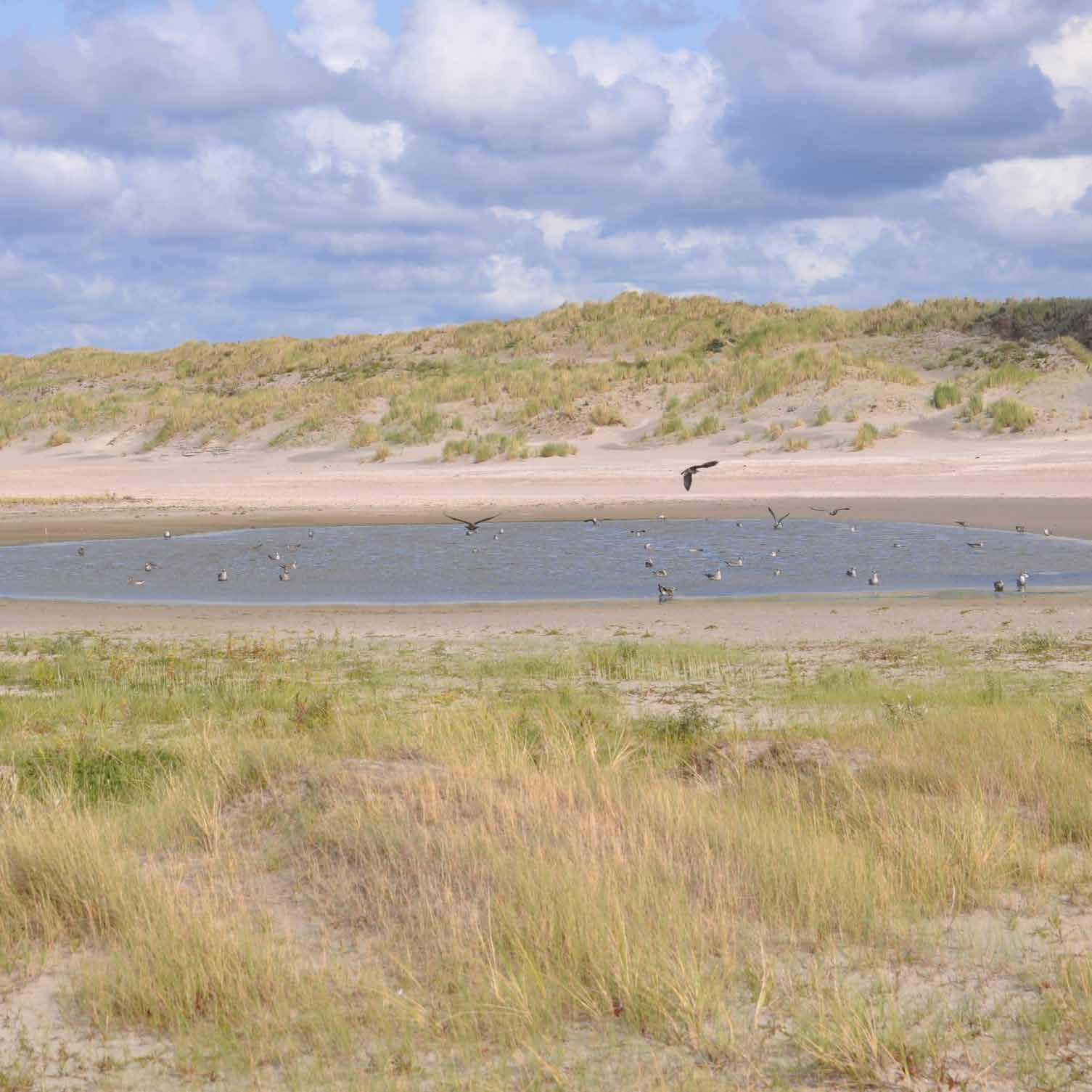Beaches and Dunes
Prime Hook Wildlife Refuge Milton, Delaware, United States
Implementing the largest ecosystem restoration project east of the Mississippi River. On Delaware Bay’s western shore, Prime Hook National Wildlife Refuge has faced substantial challenges. Previously managed as coastal freshwater impoundments, its wetlands had become large areas of open water due to sea level rise and coastal storms. Since 2006, overwashes and saltwater intrusion fundamentally altered the profile of the refuge, with over 1,600 hectares of freshwater marsh and 240 hectares of riparian forest impacted or lost. The complex legacy of anthropogenic influences on the wetlands had created a coastal system out of sync with the evolving landscape—and susceptible to catastrophic failure. To remedy this vulnerability, the U.S. Fish and Wildlife Service, resource manager for the refuge, developed an extensive restoration plan to create an ecosystem resilient to climate change and rising sea levels. Over the course of two phases, the project team closed large breaches in the refuge using material dredged from a nearby offshore borrow area. To improve circulation and distribution of salinity and sediment, they then excavated 460,000 cubic meters of material to create a network of 37 kilometers of historic tidal channels. In total, the team moved over 1.08 million cubic meters of sand to recreate 2,700 meters of shoreline.
32














